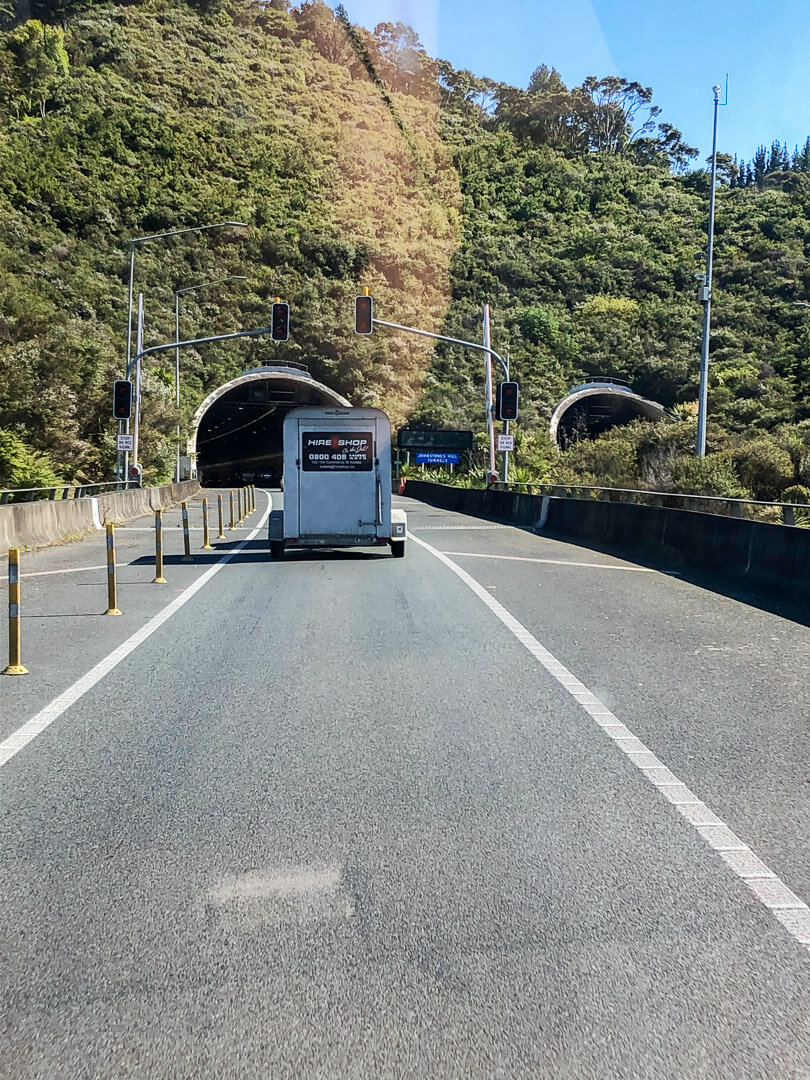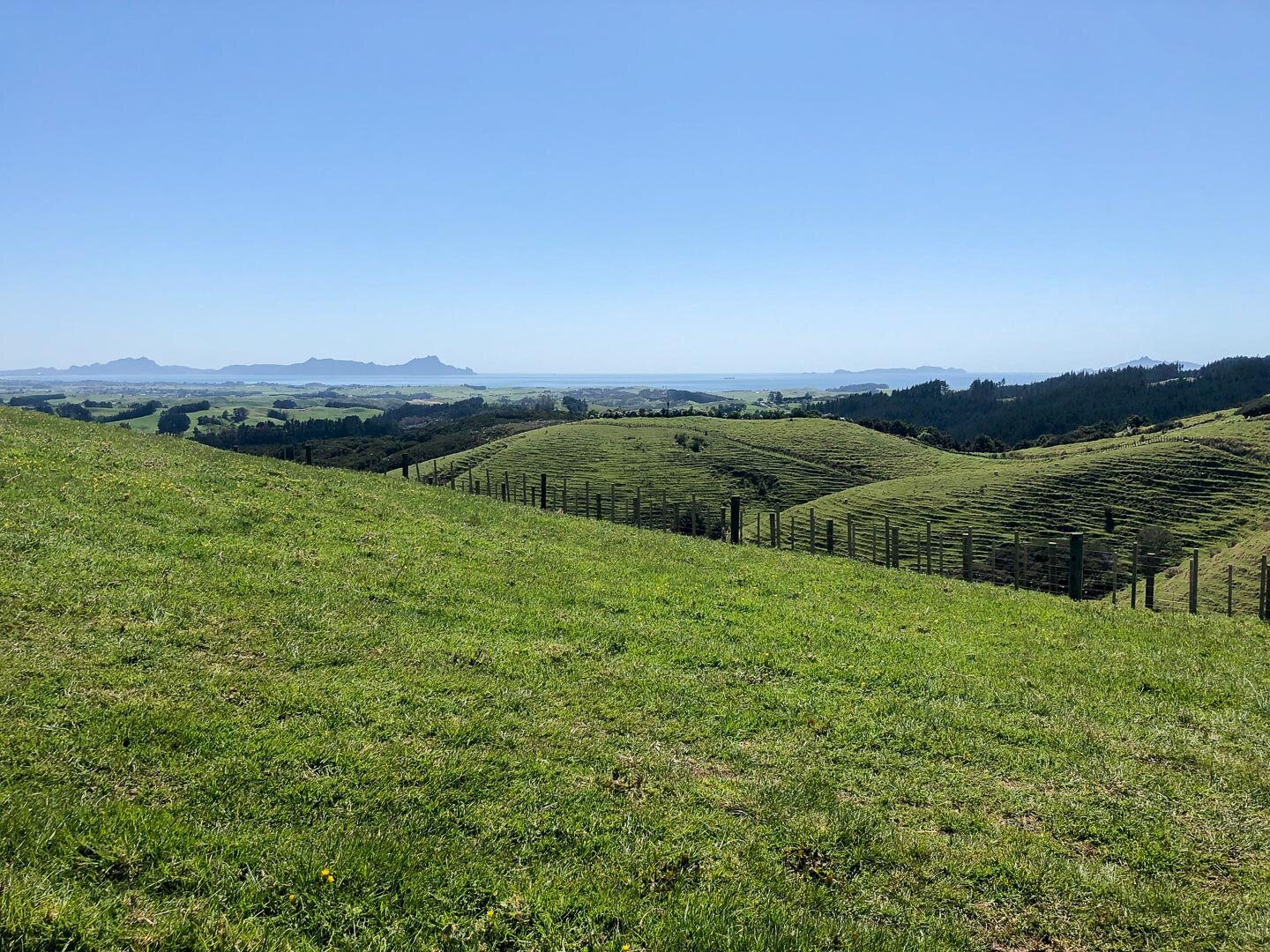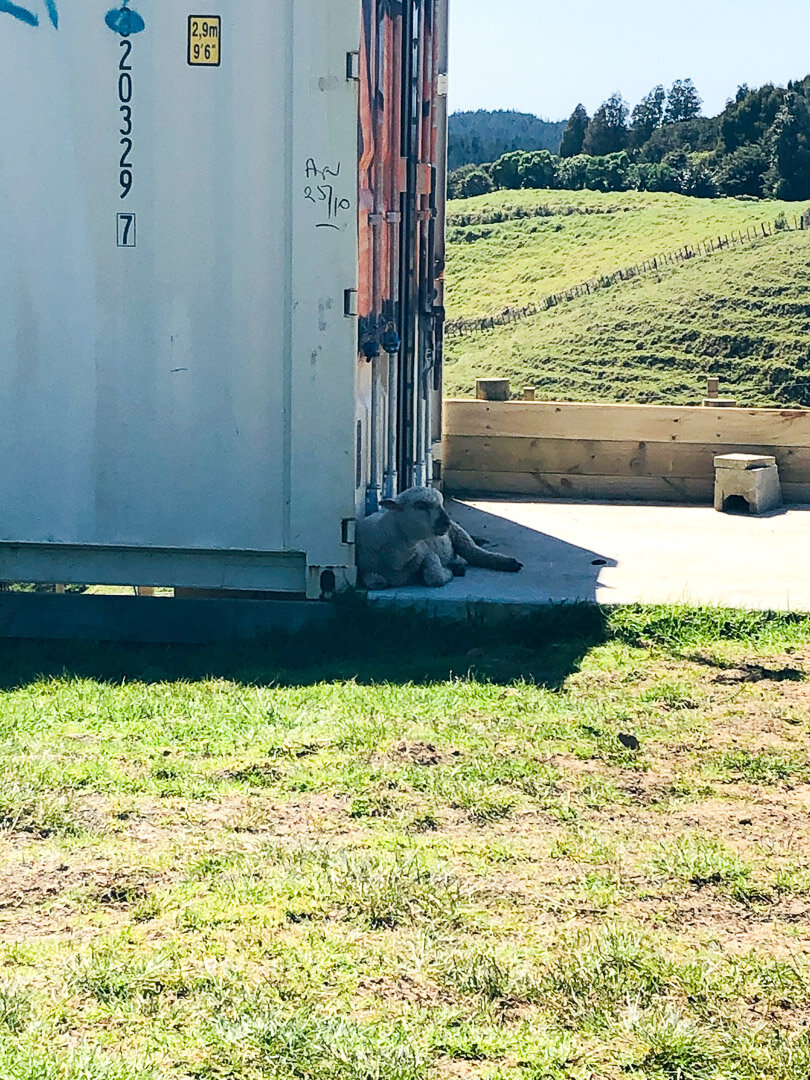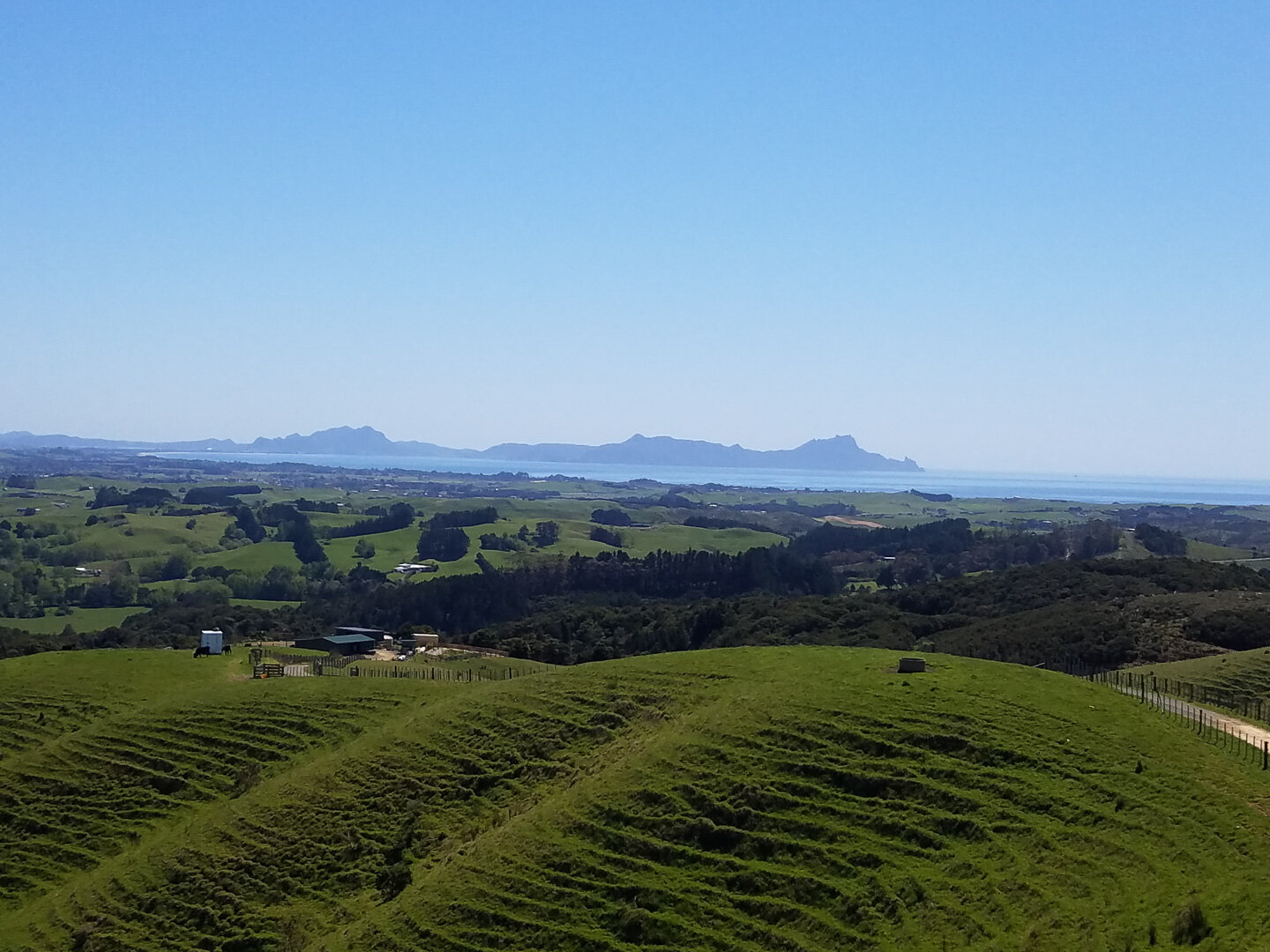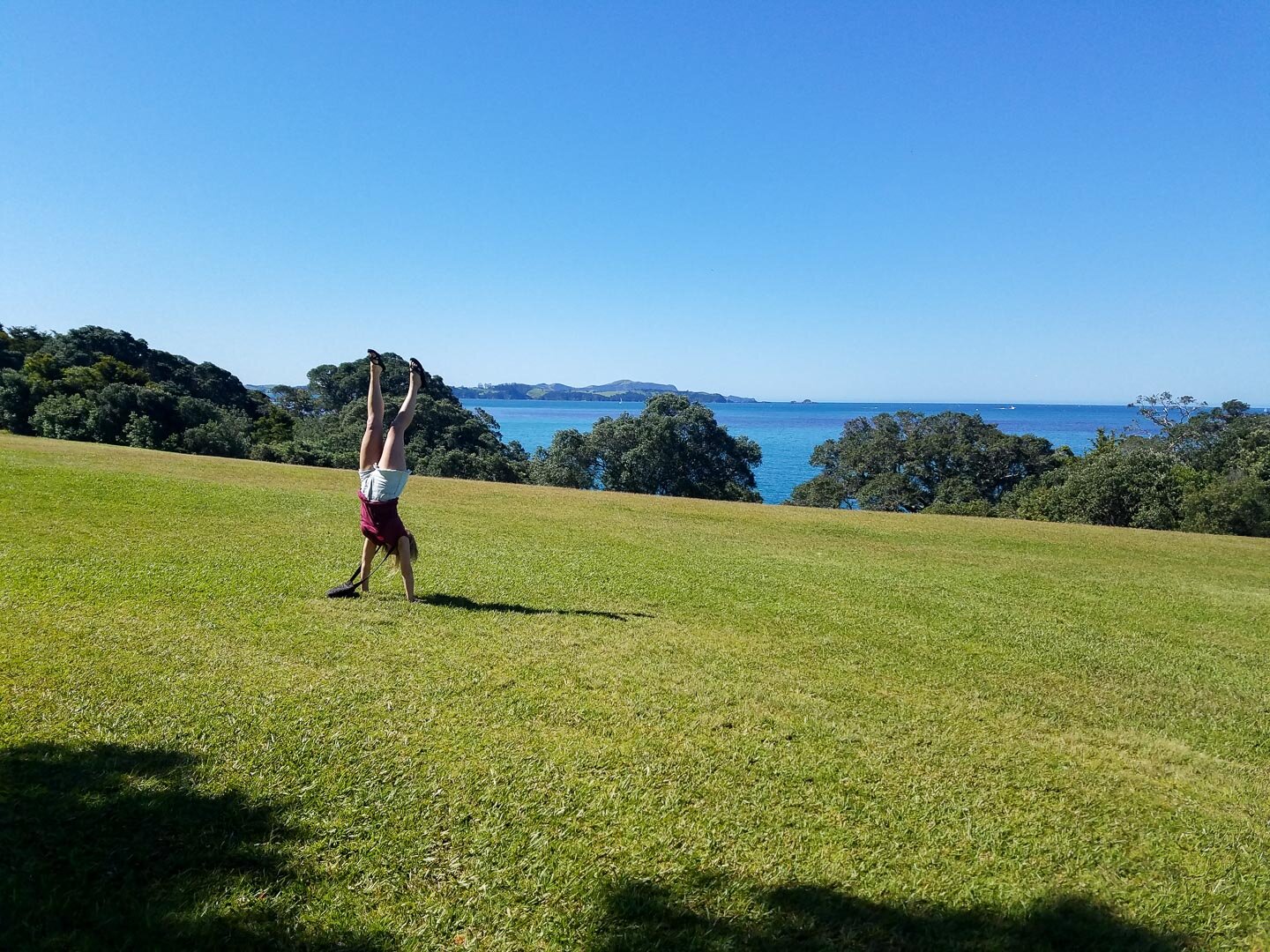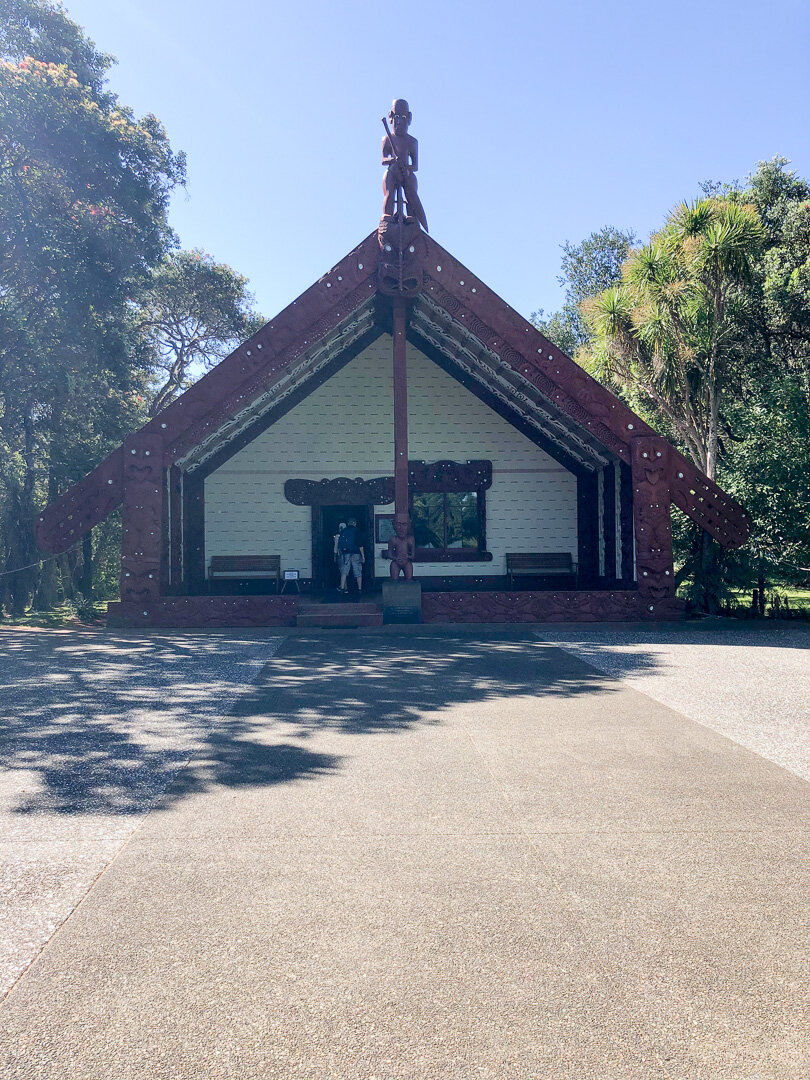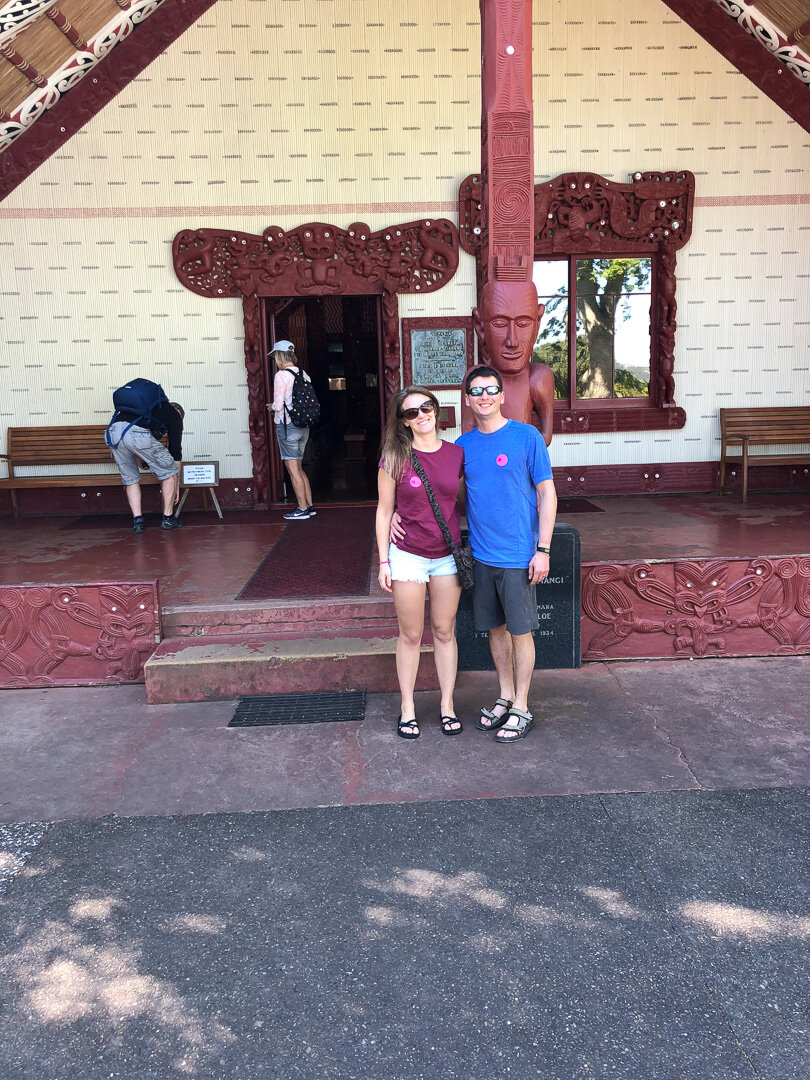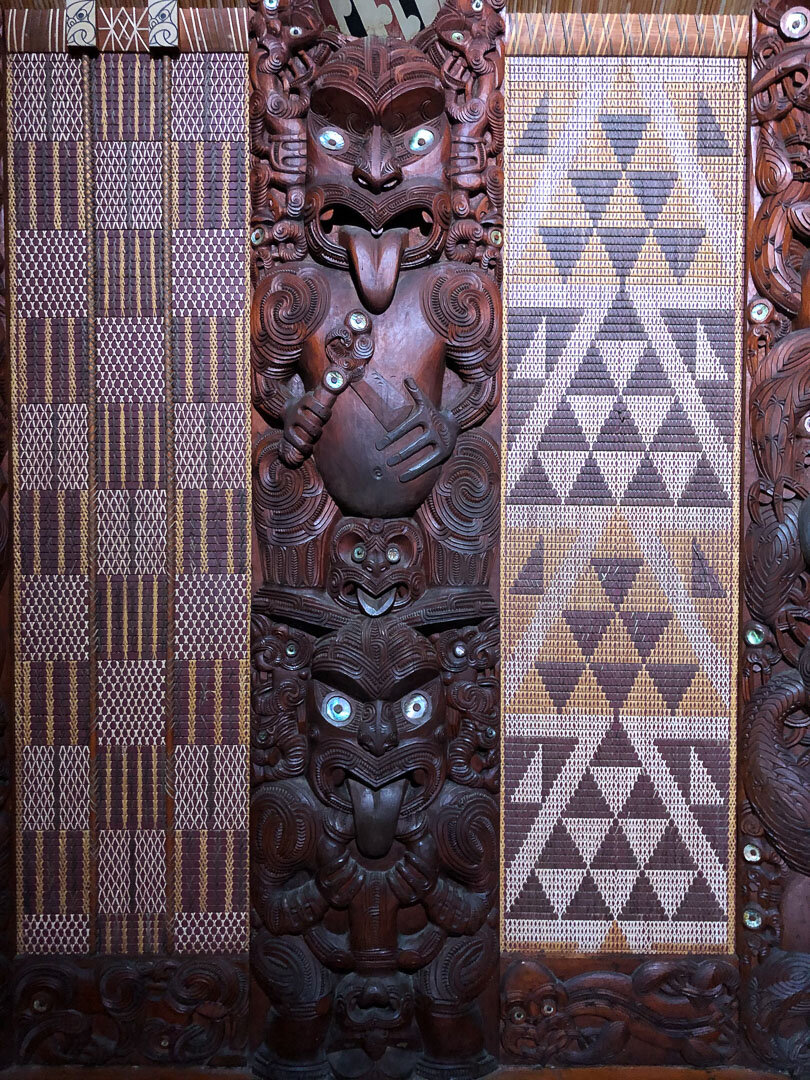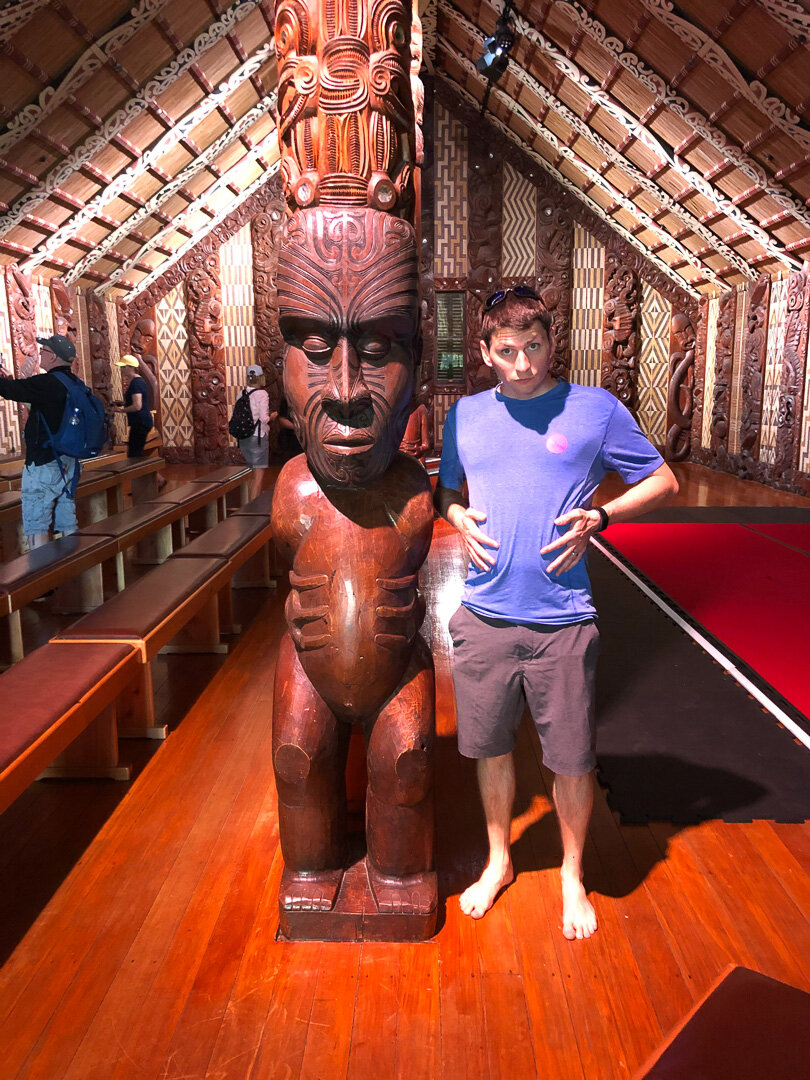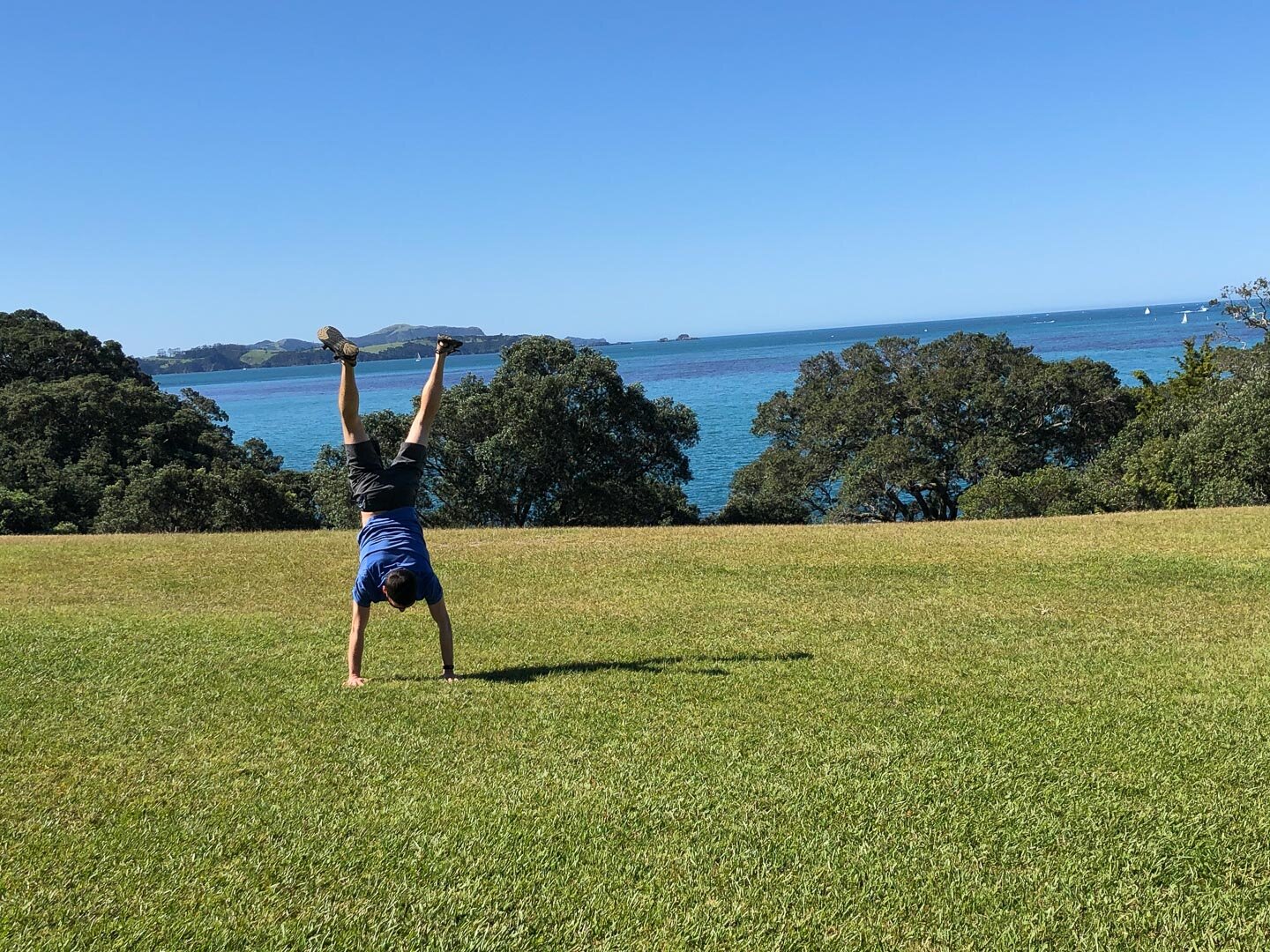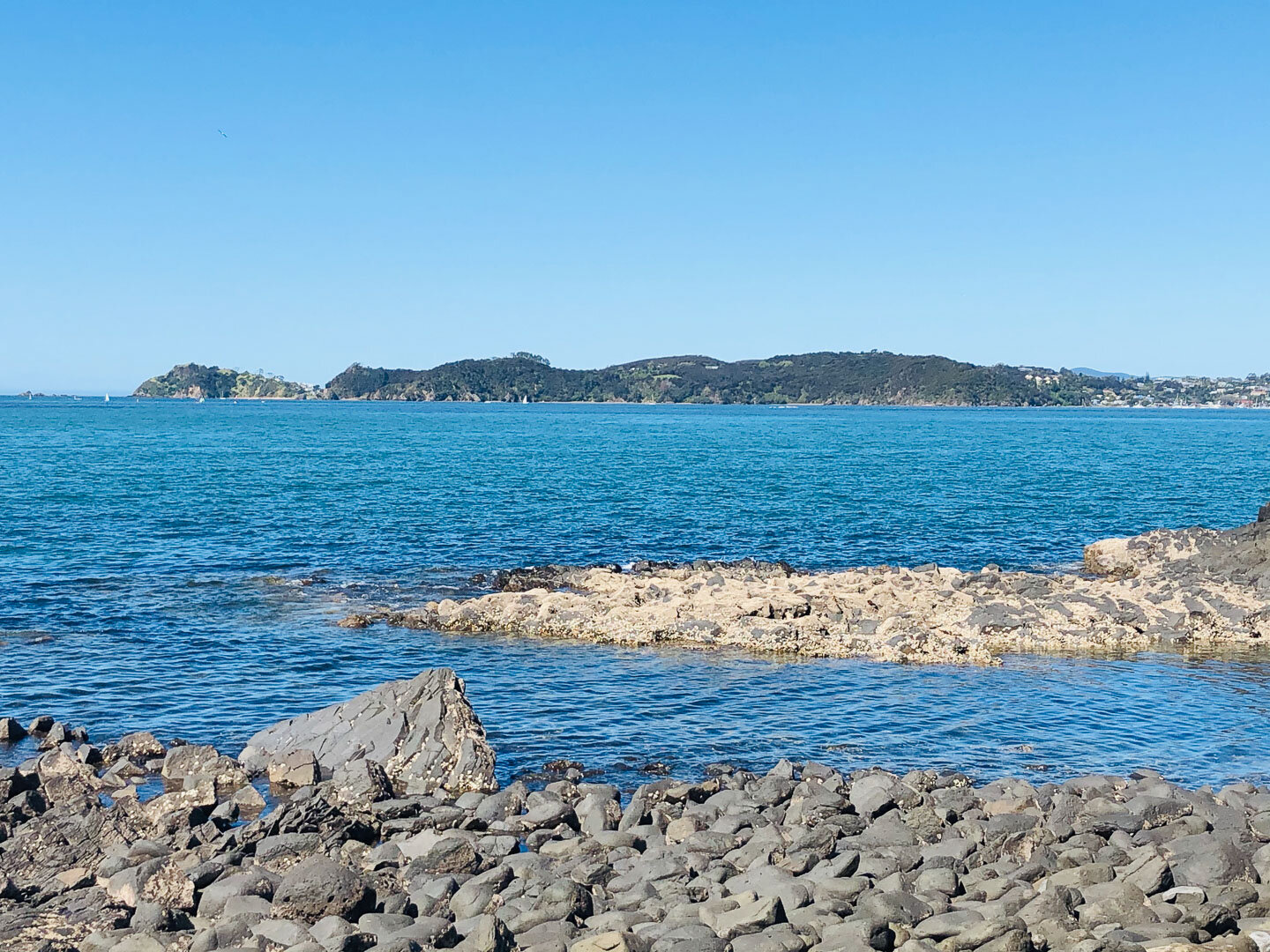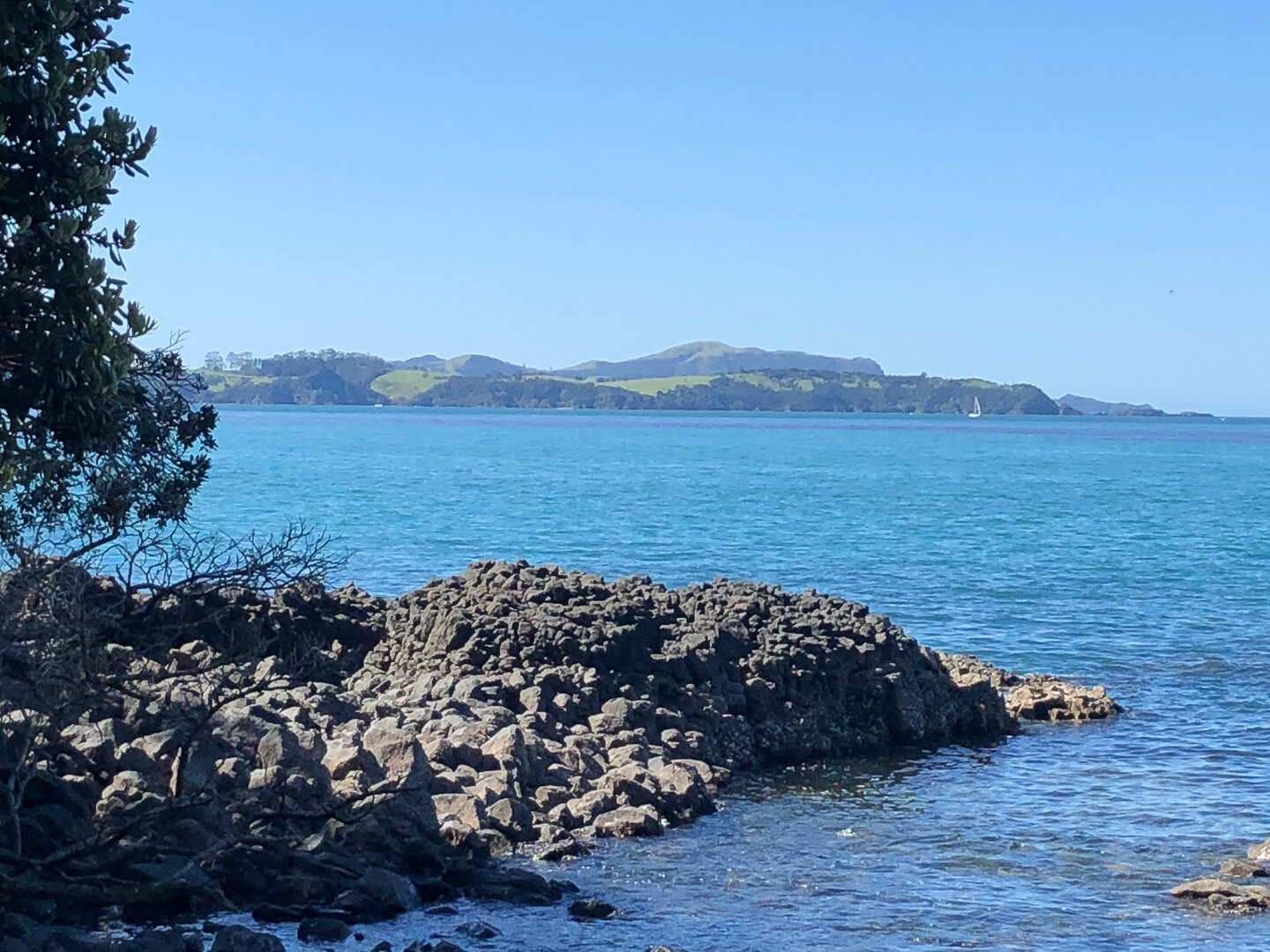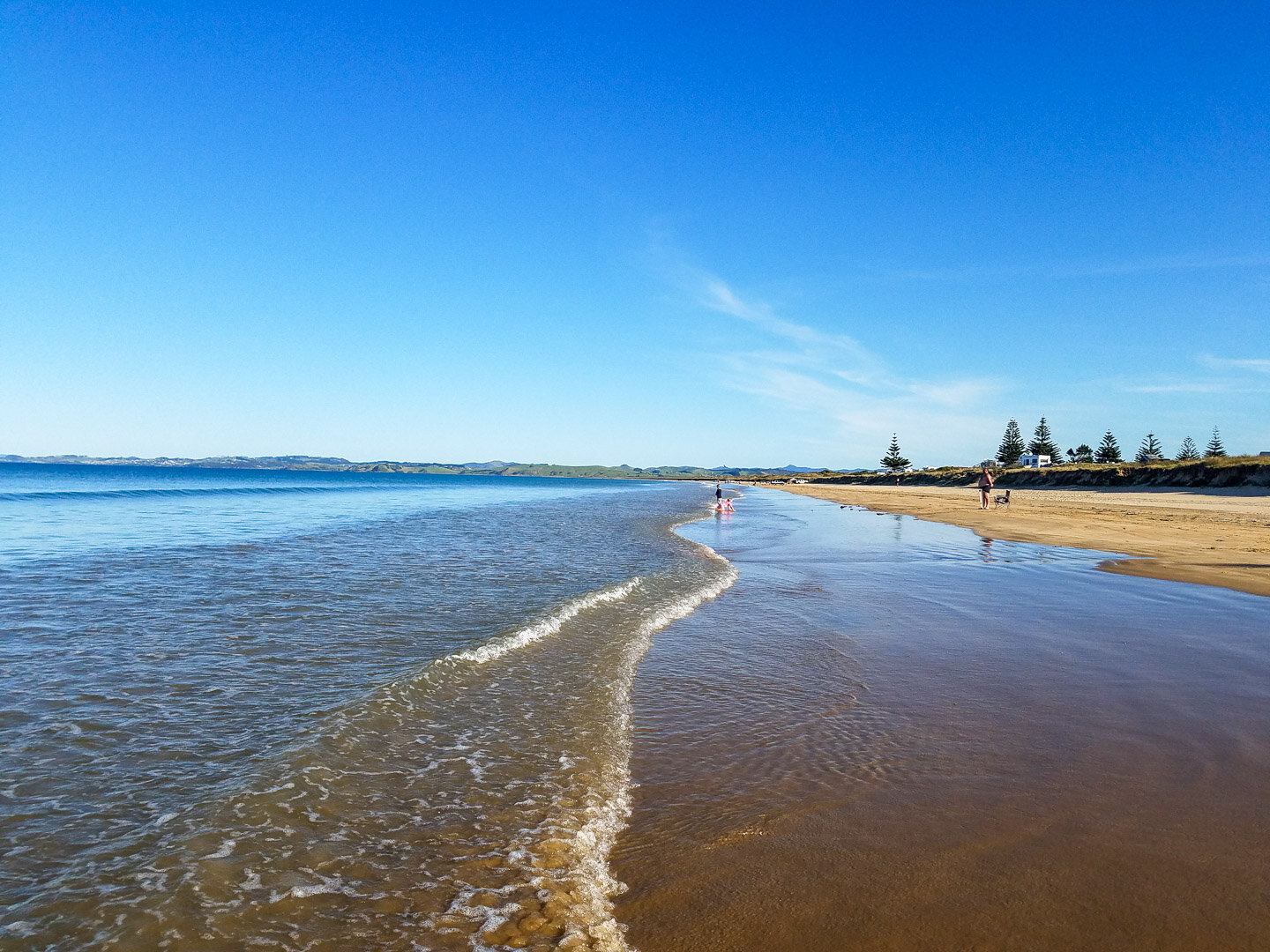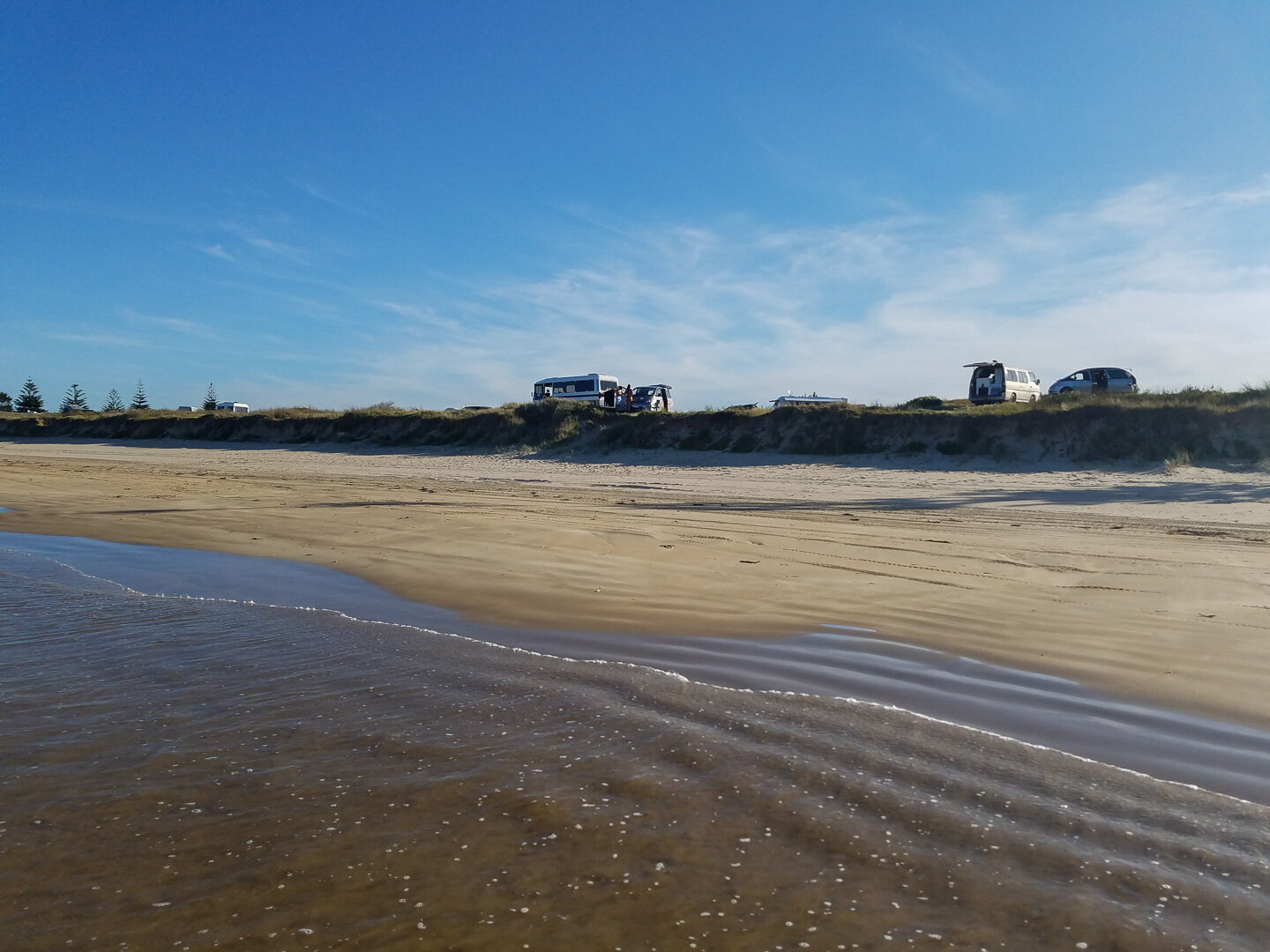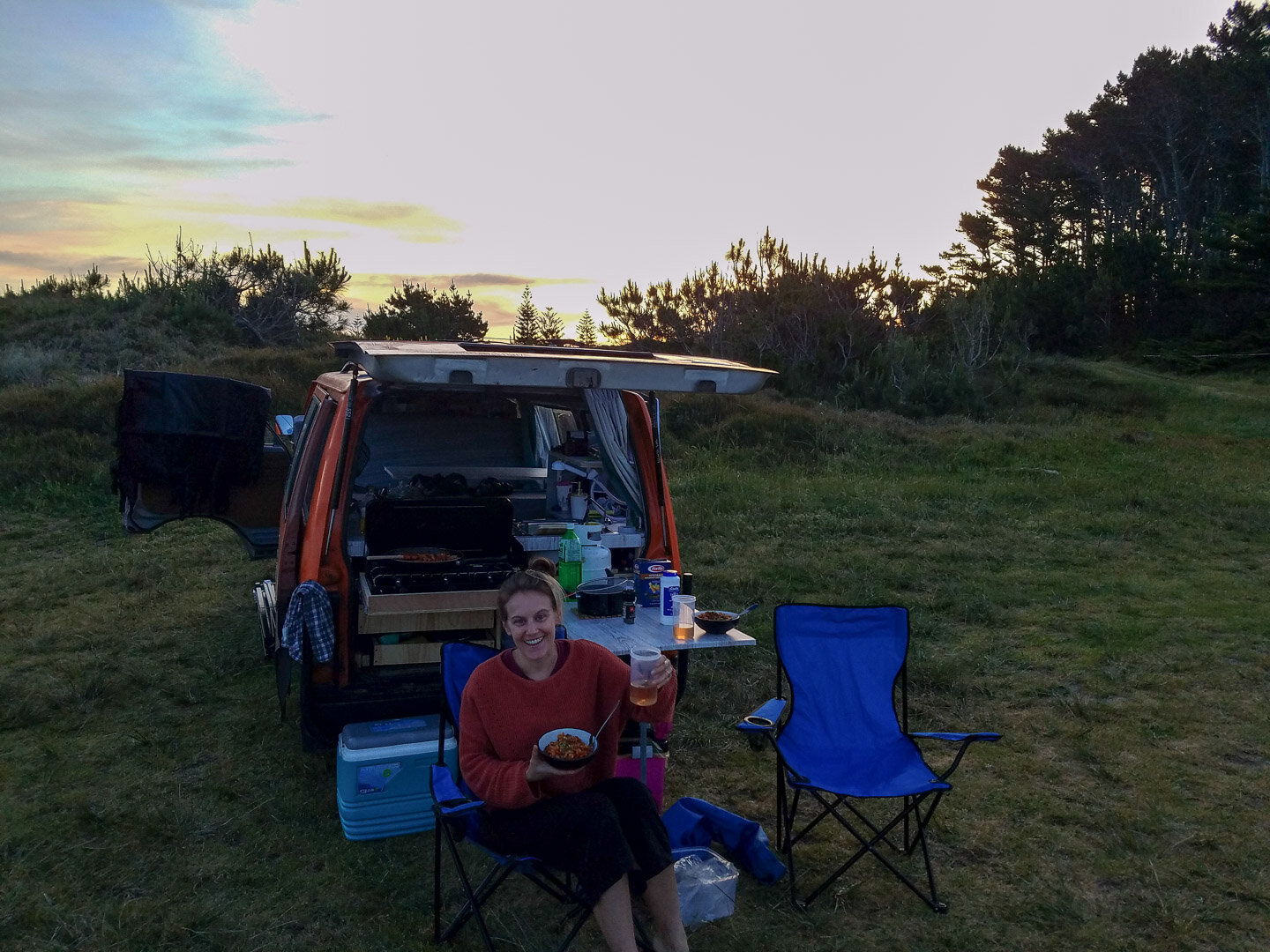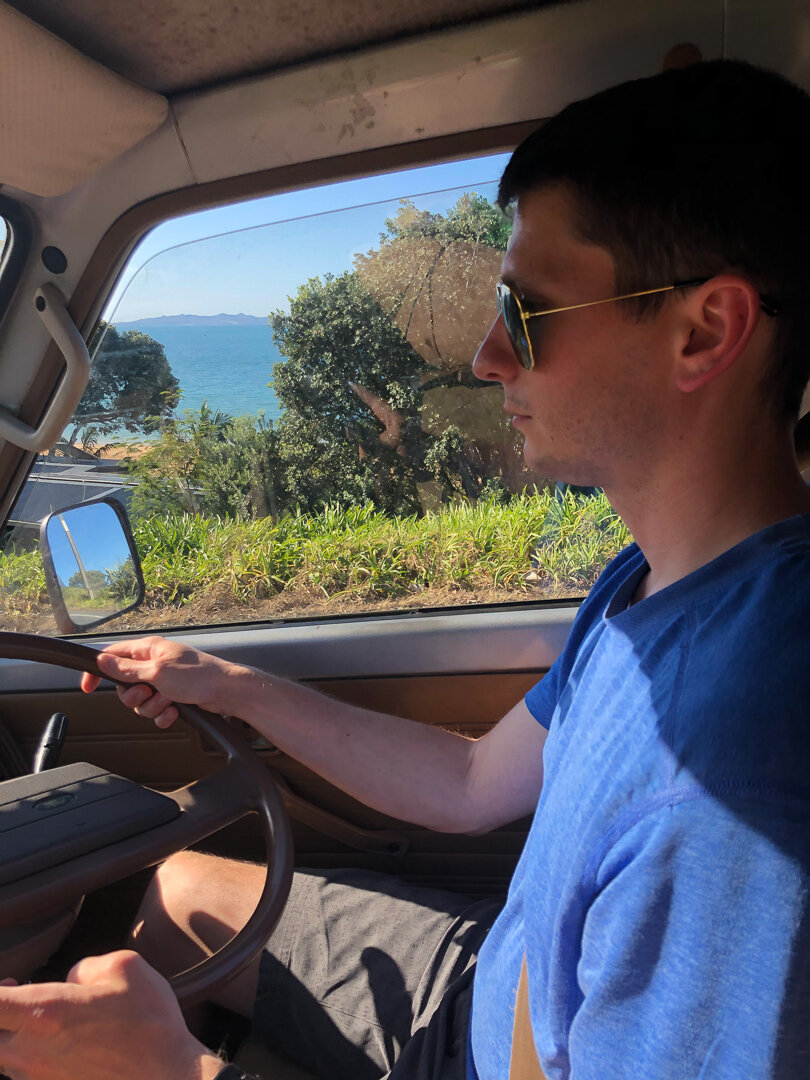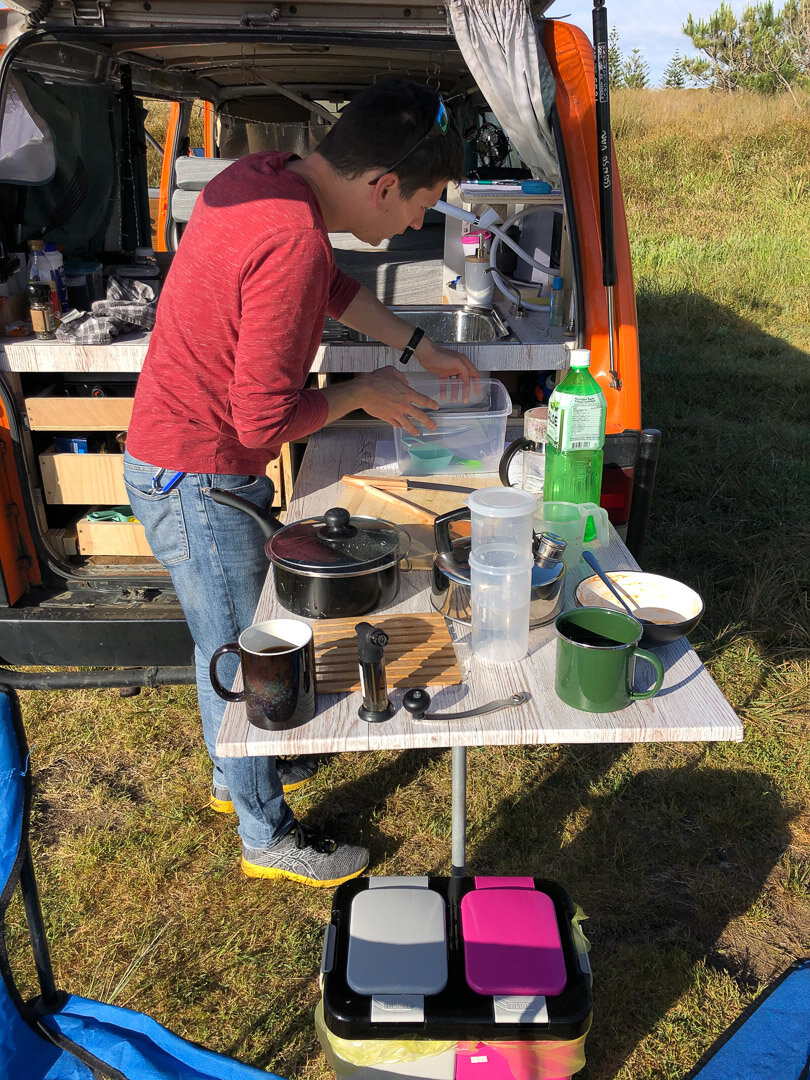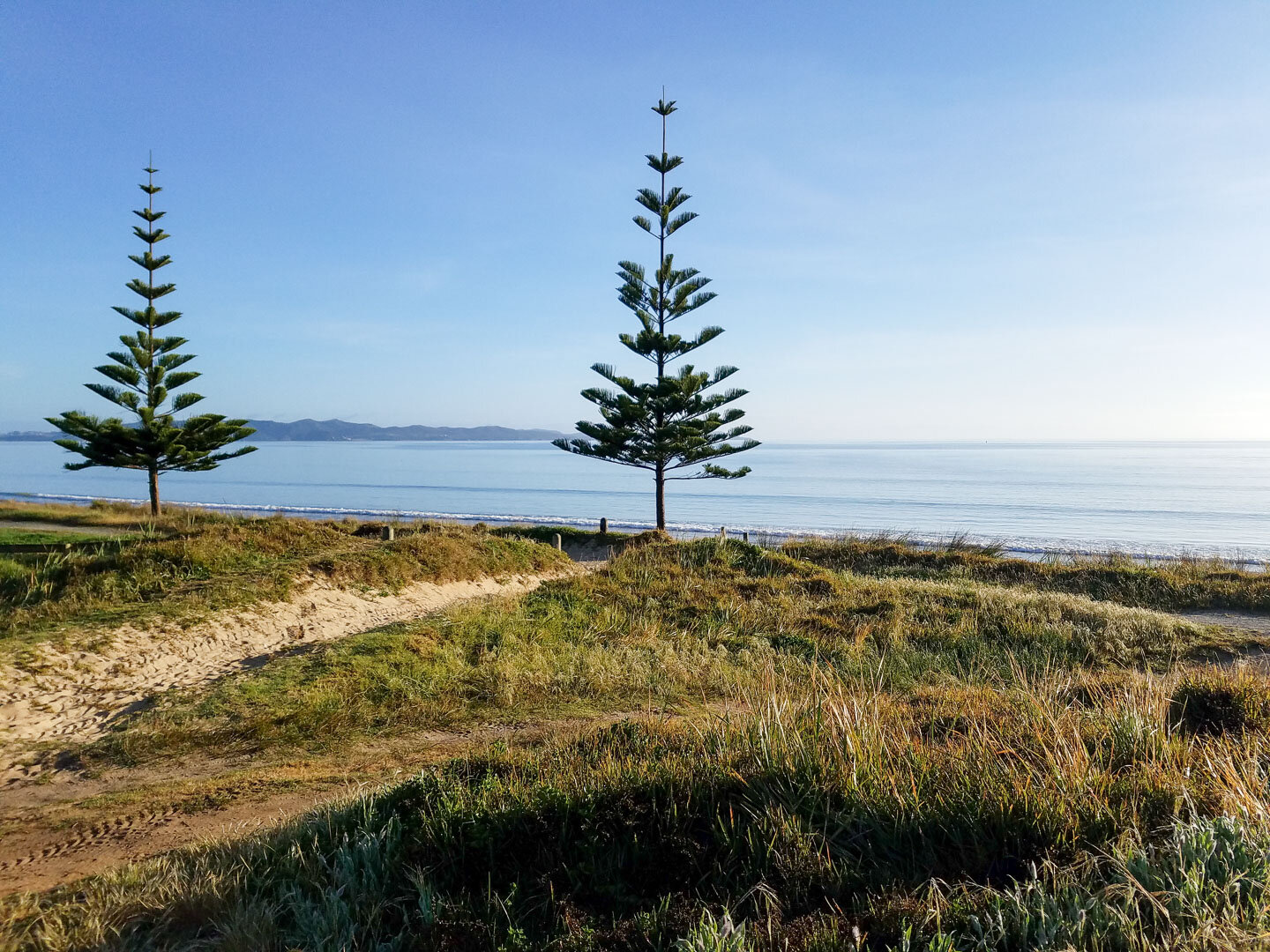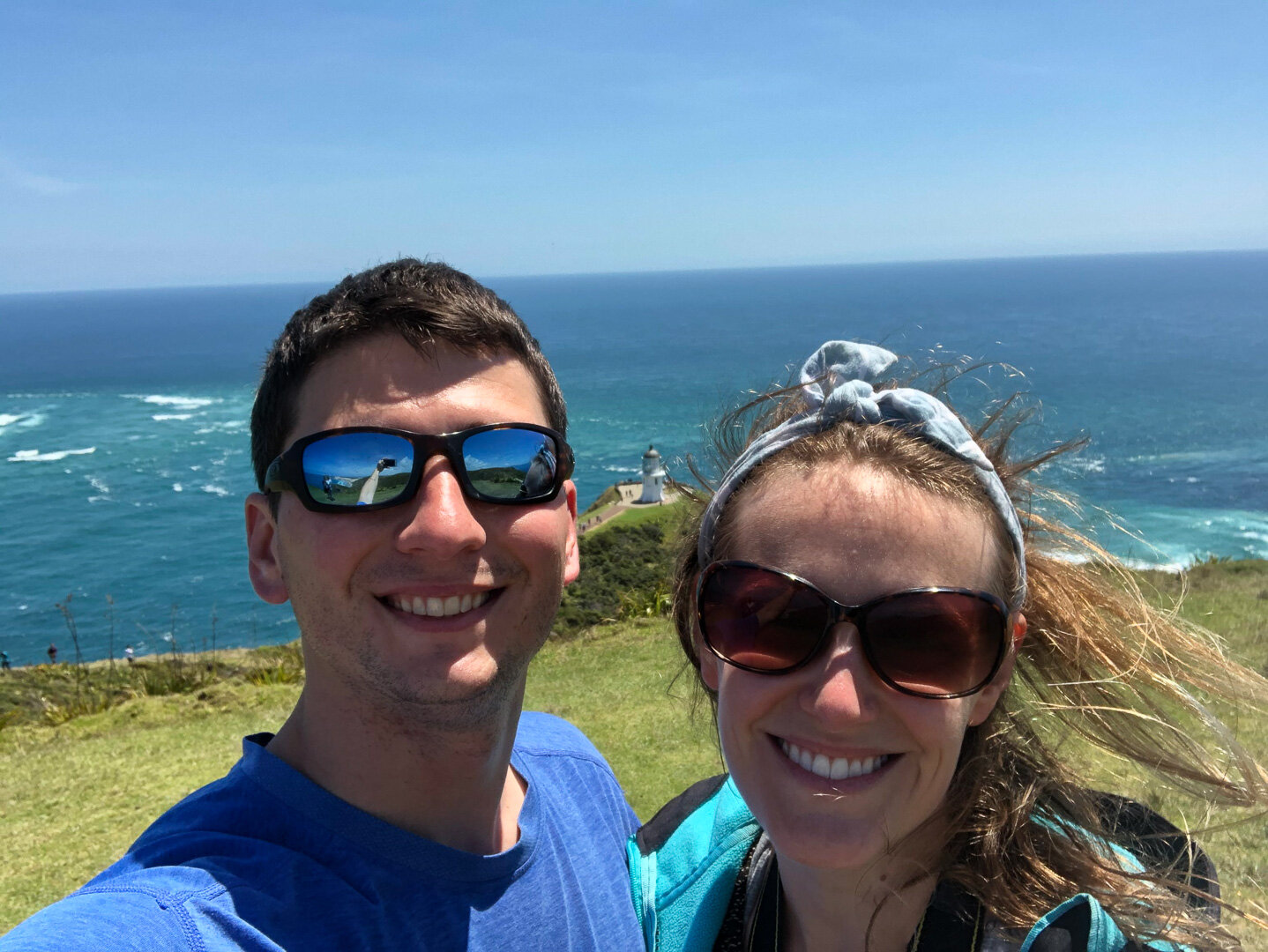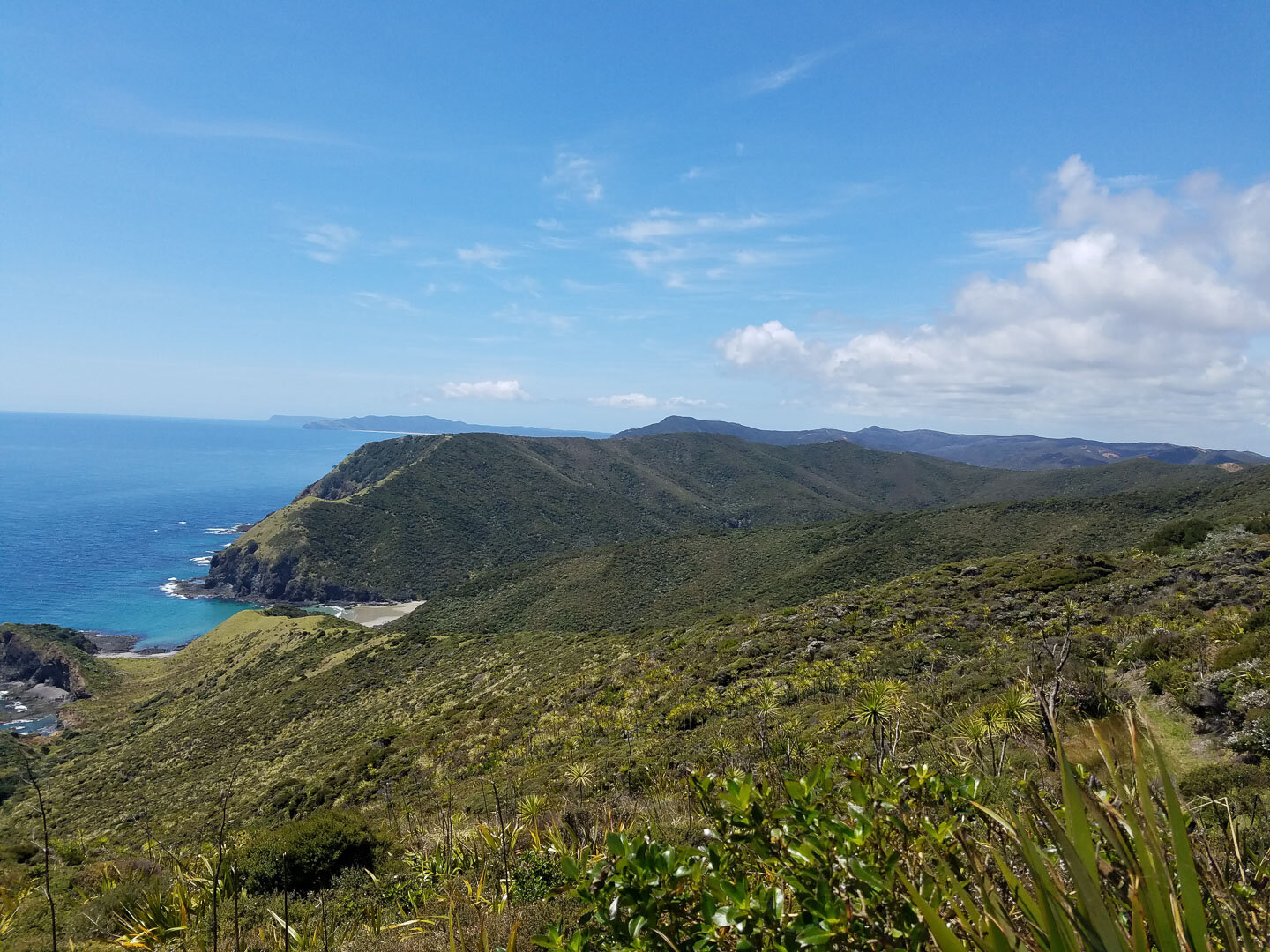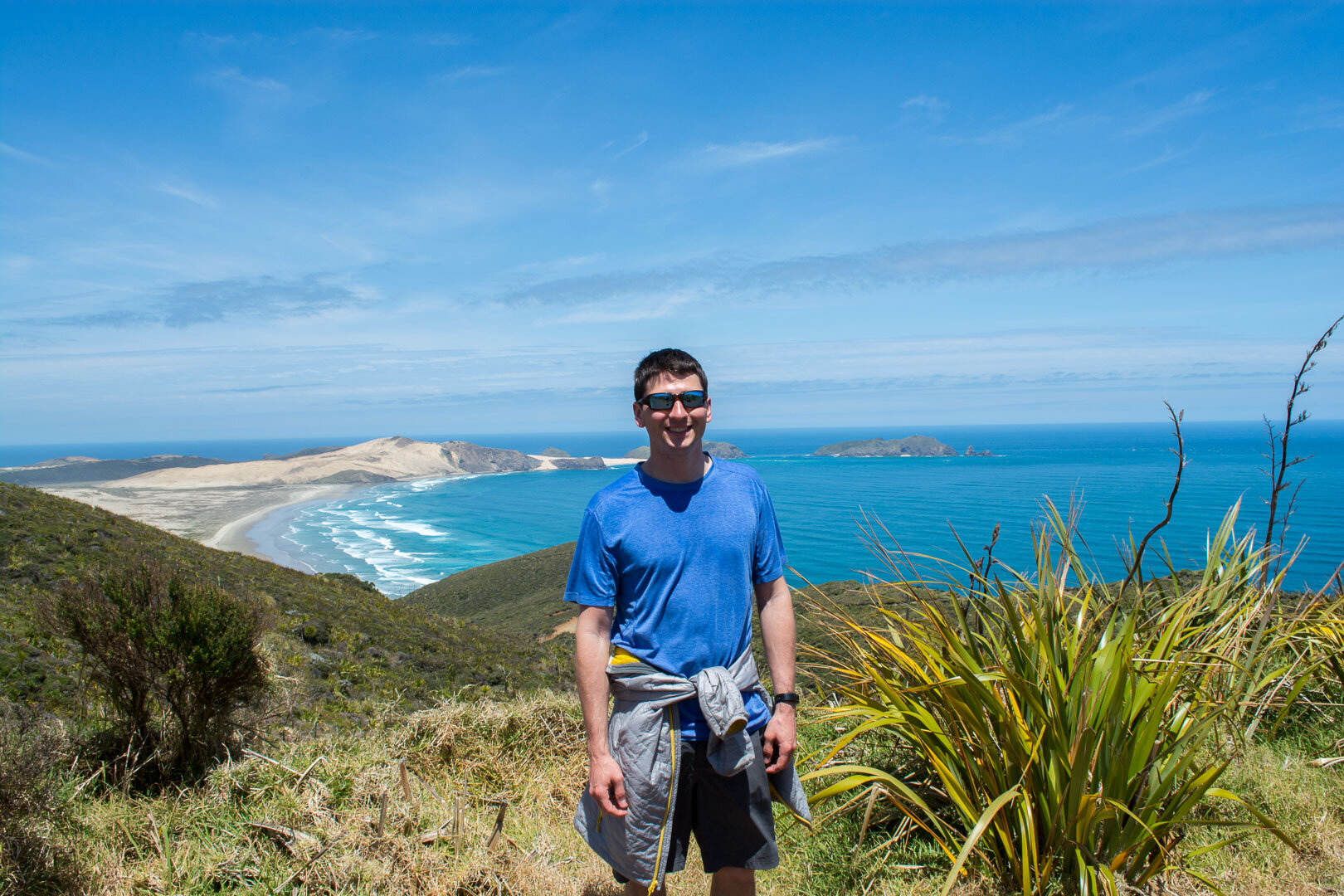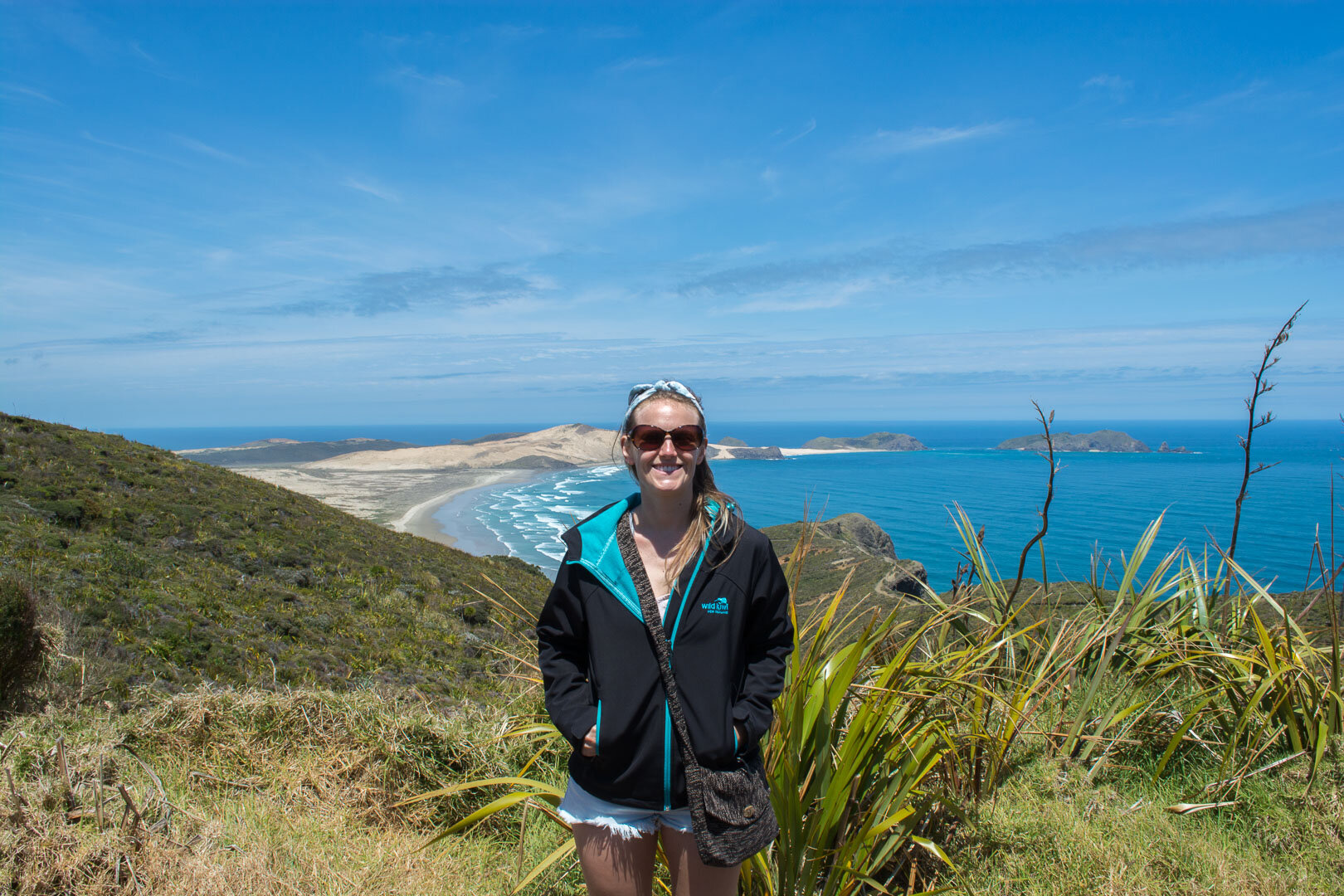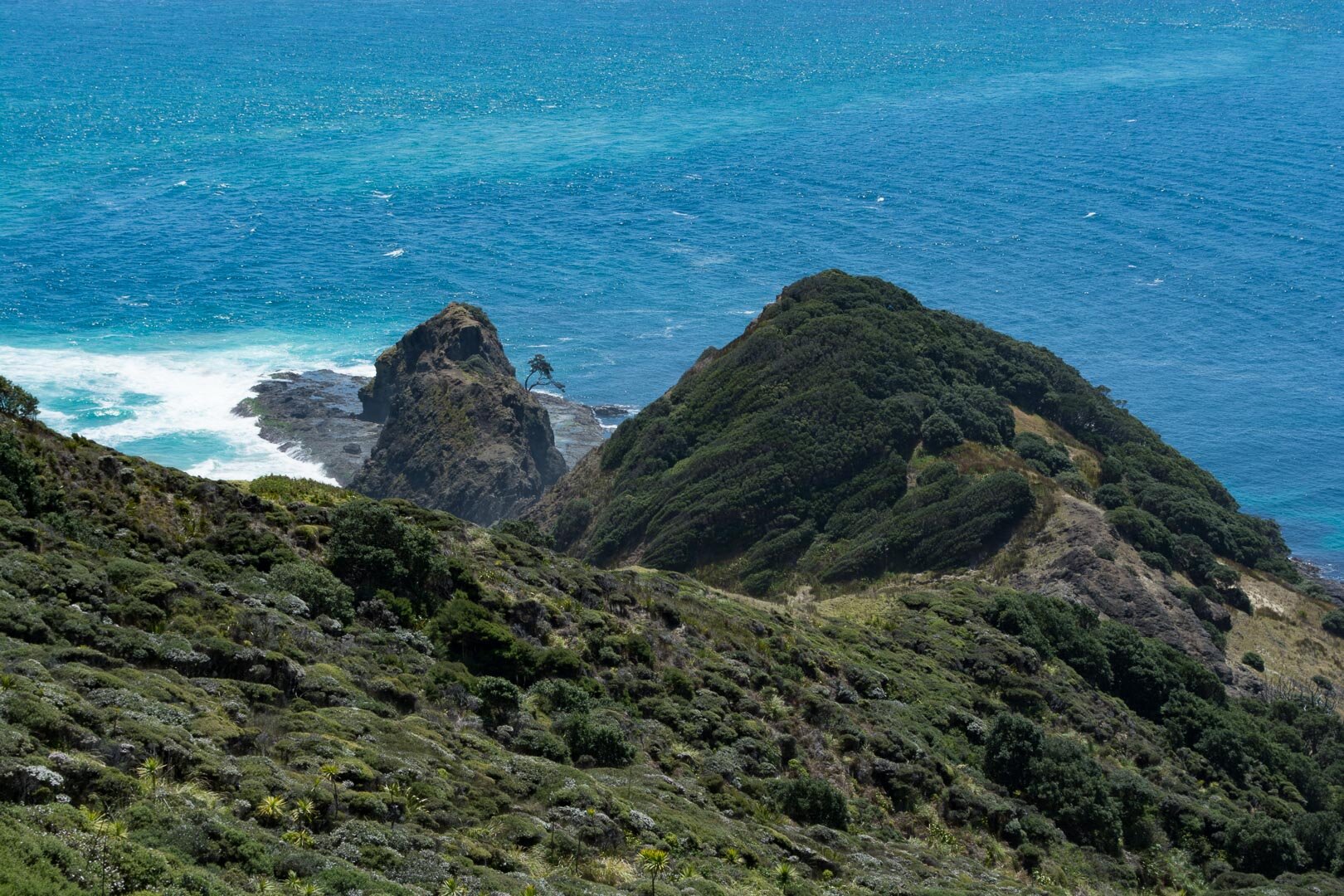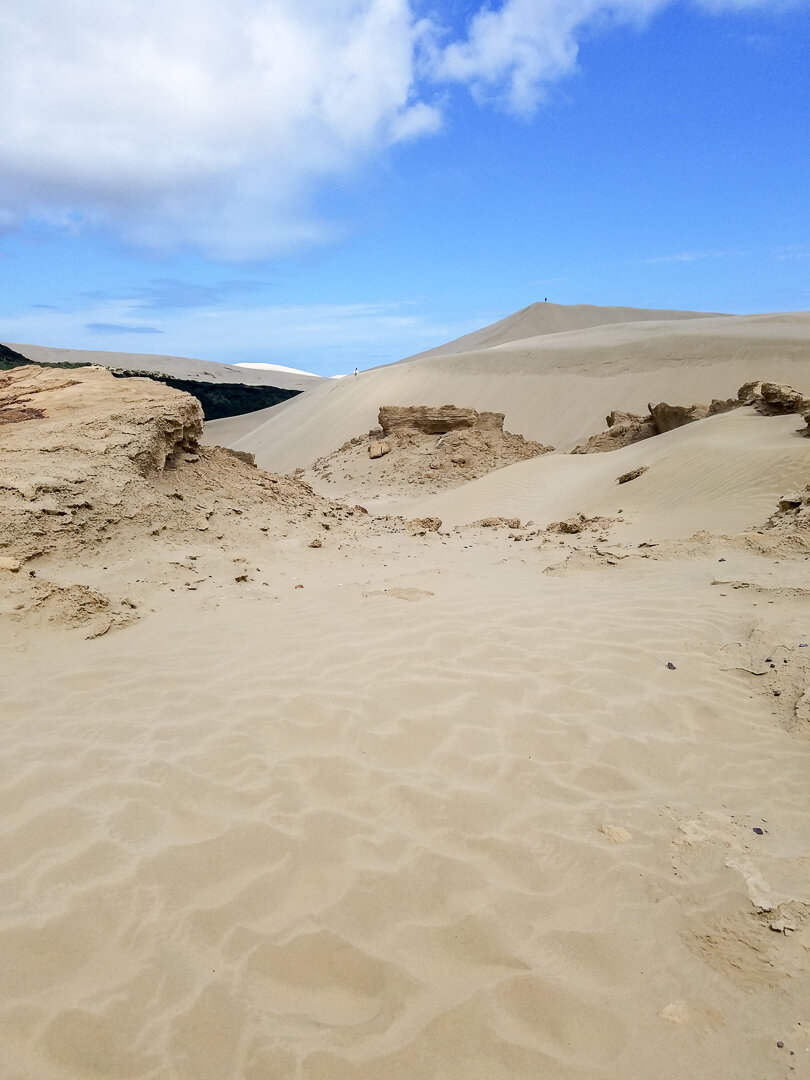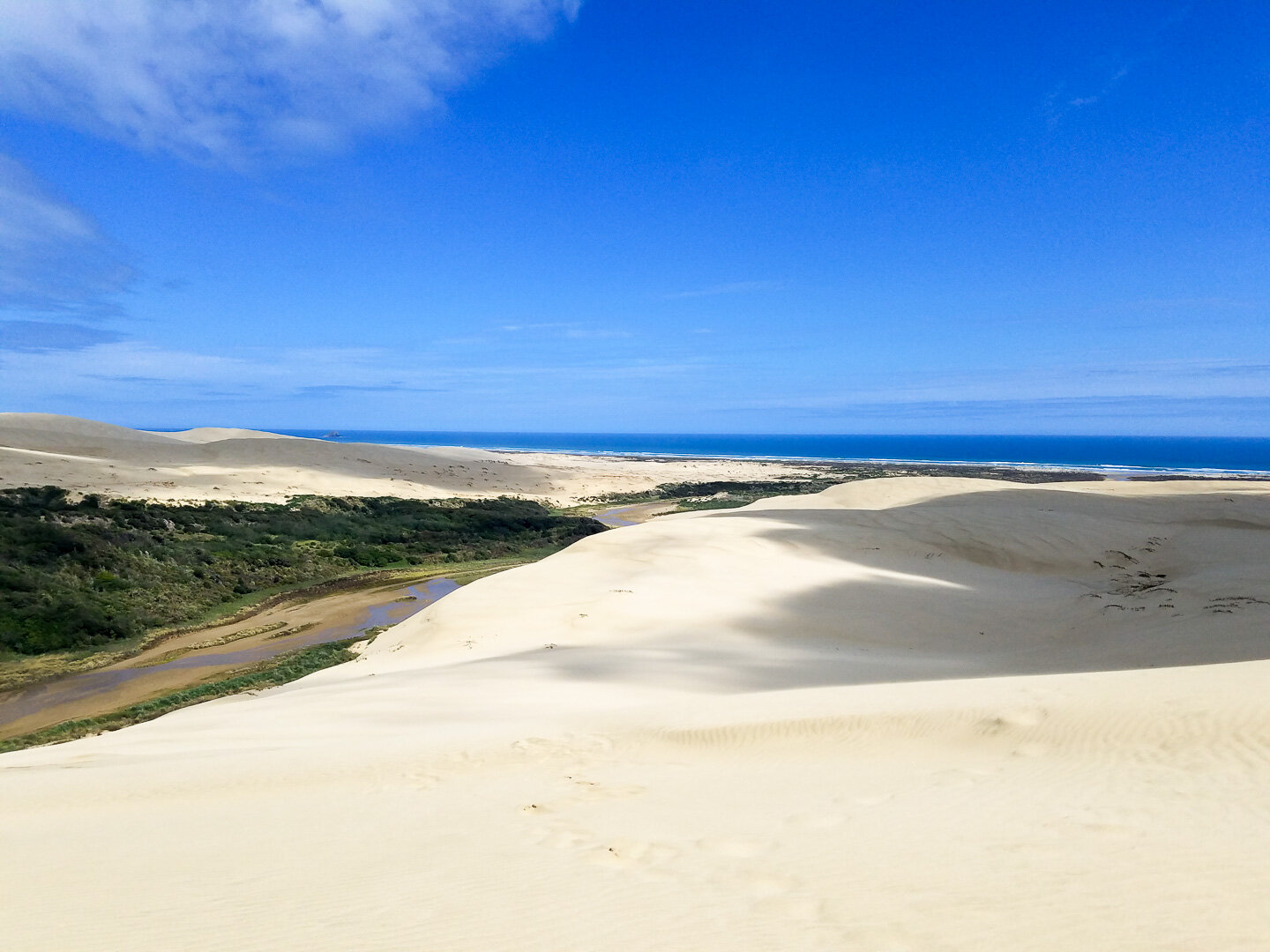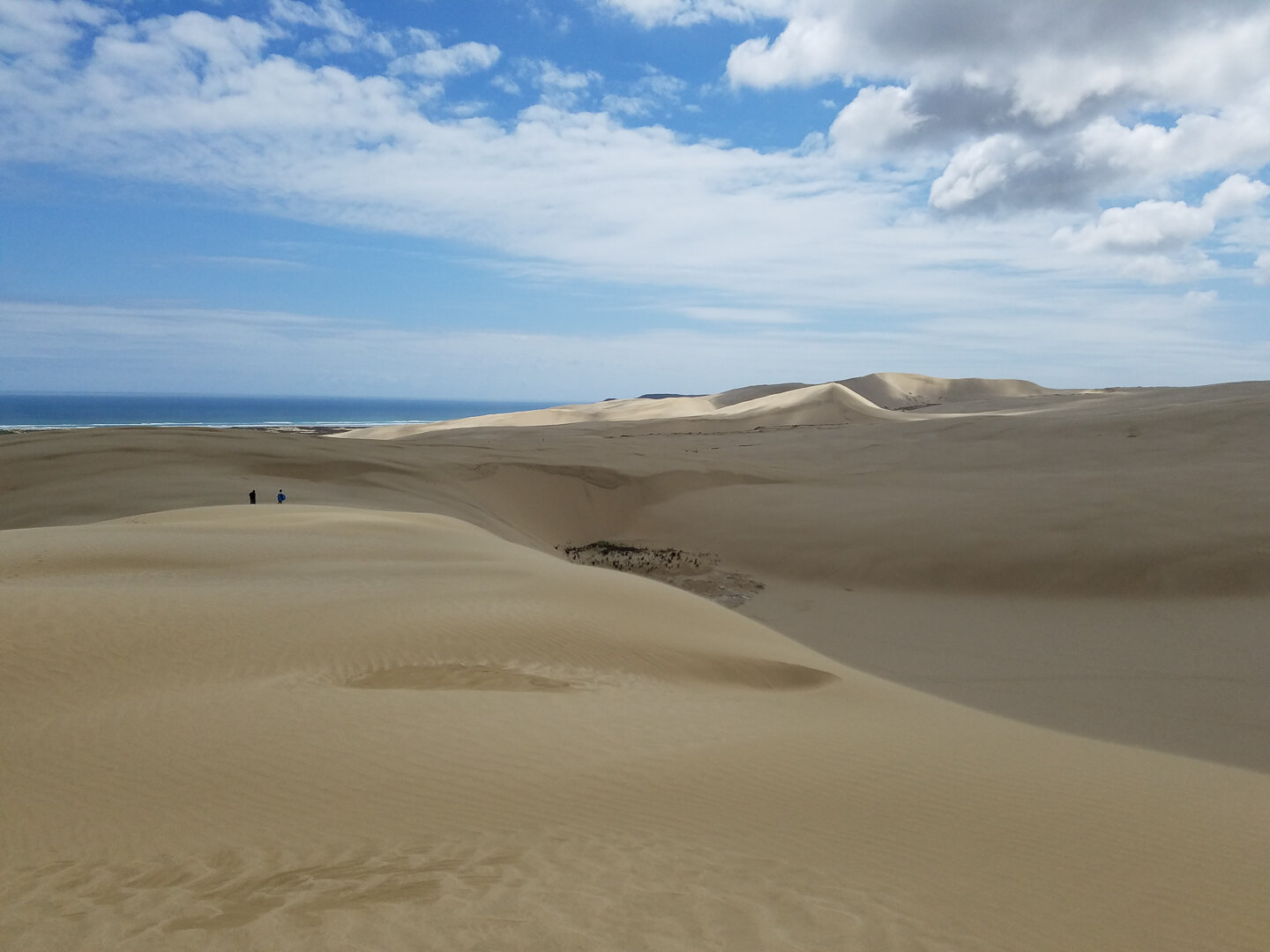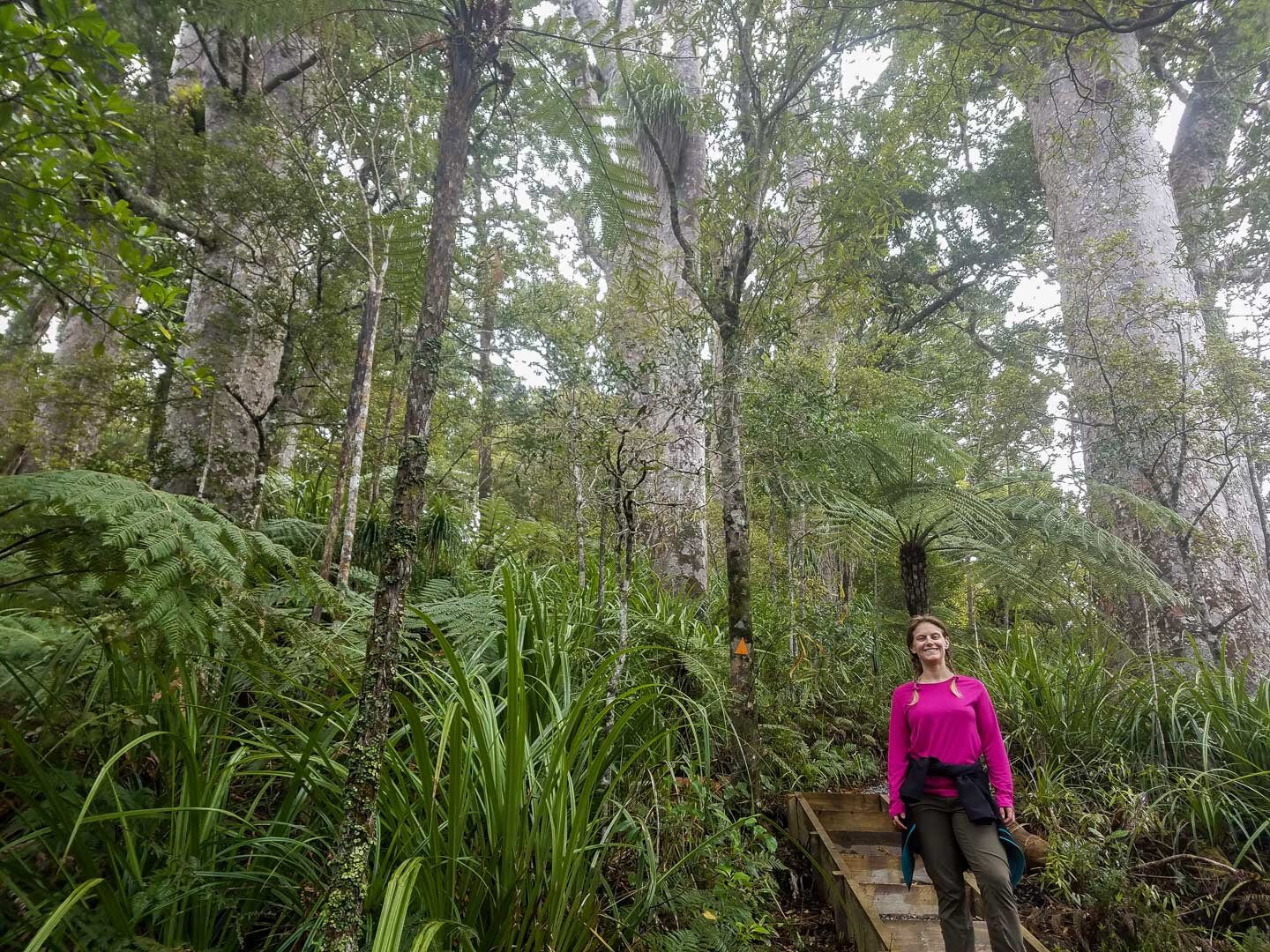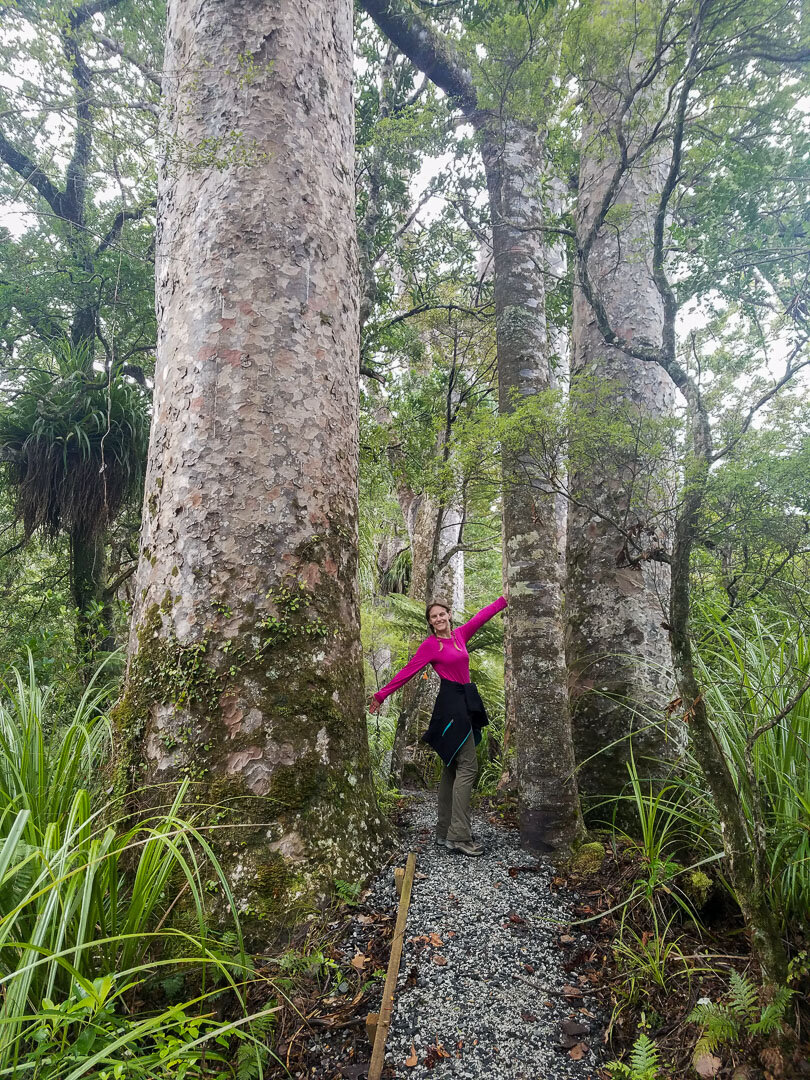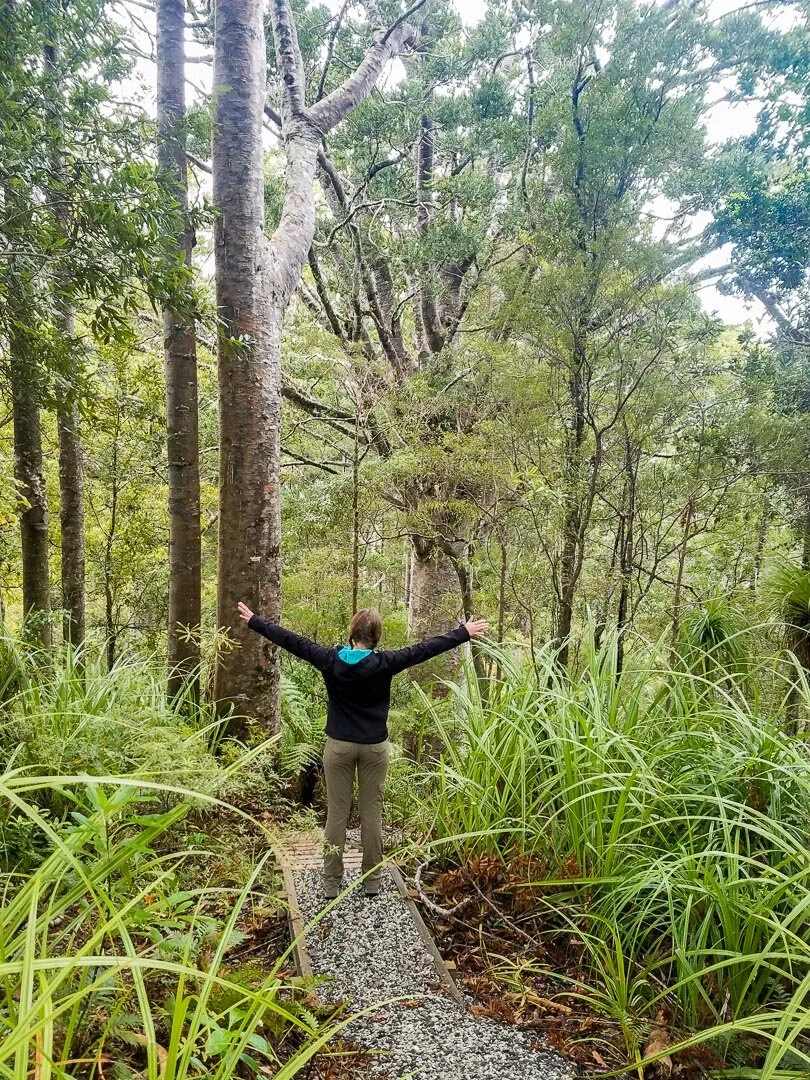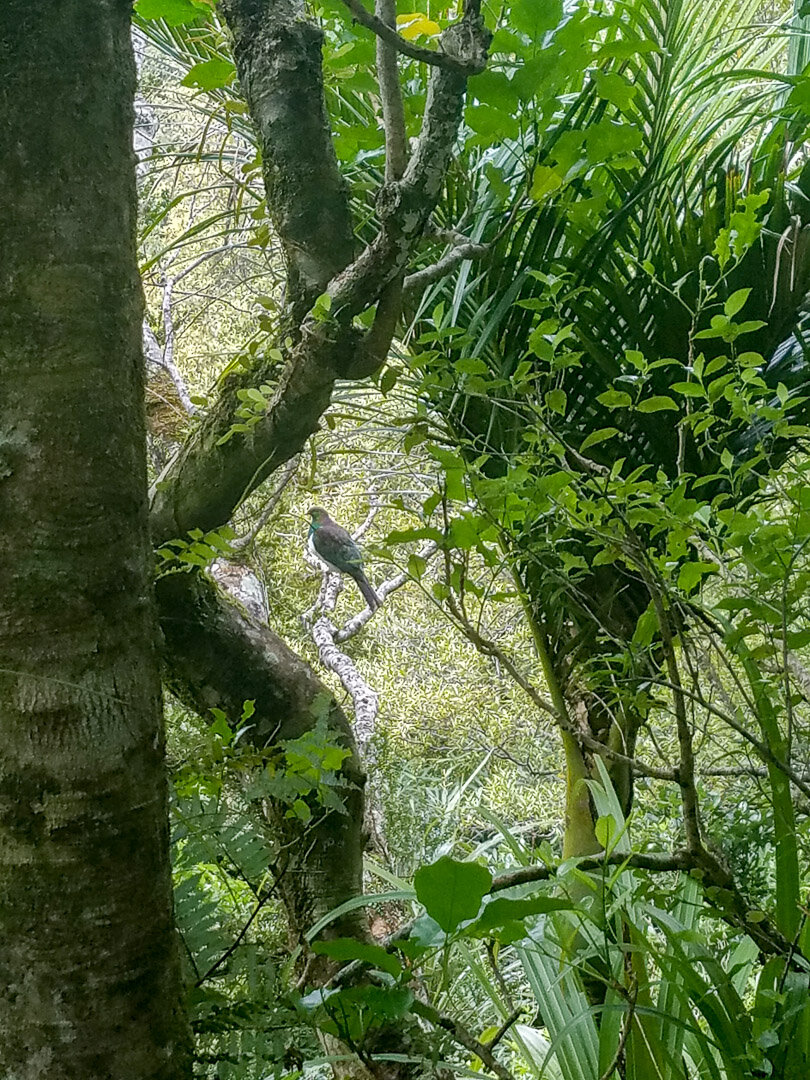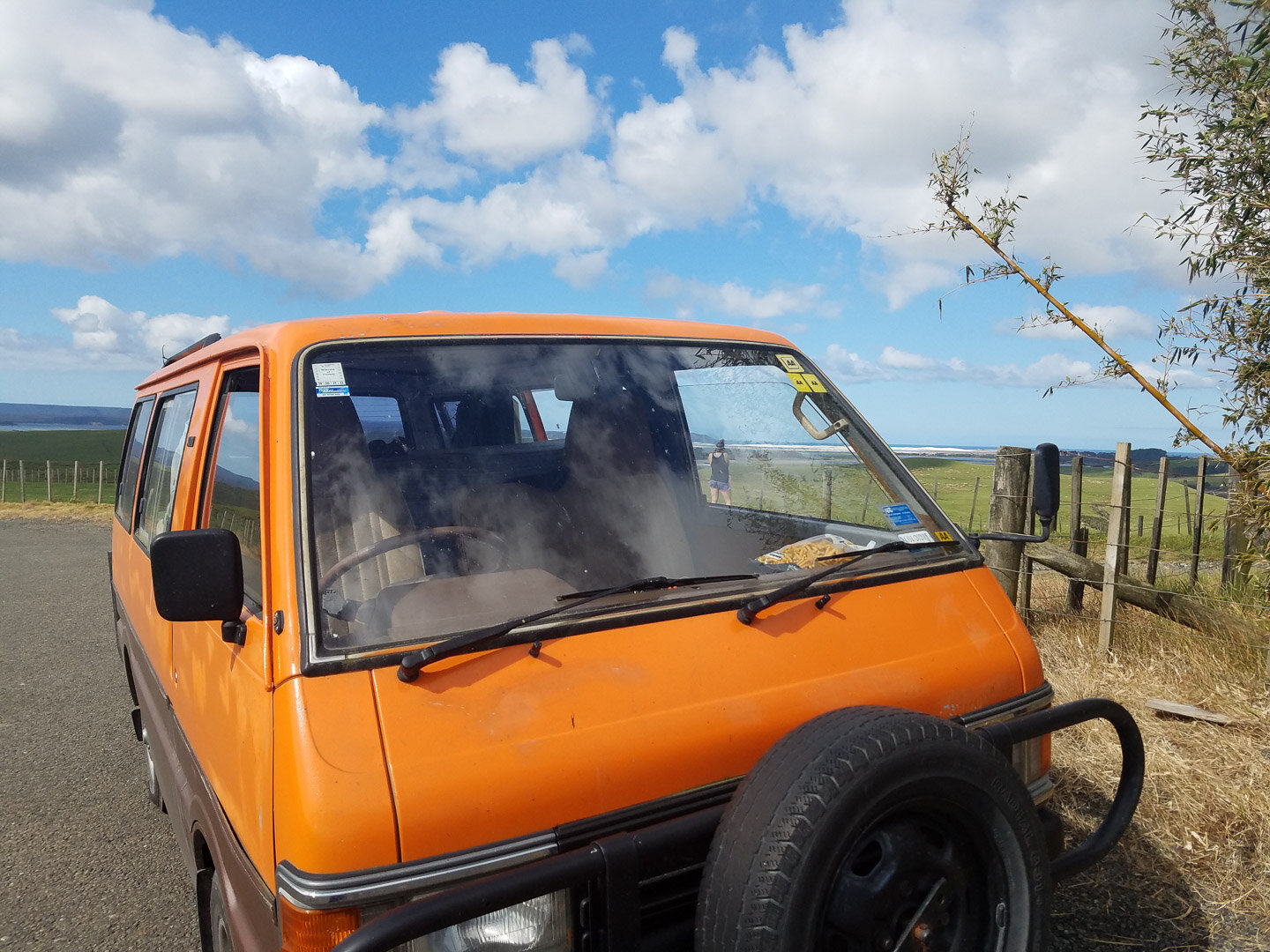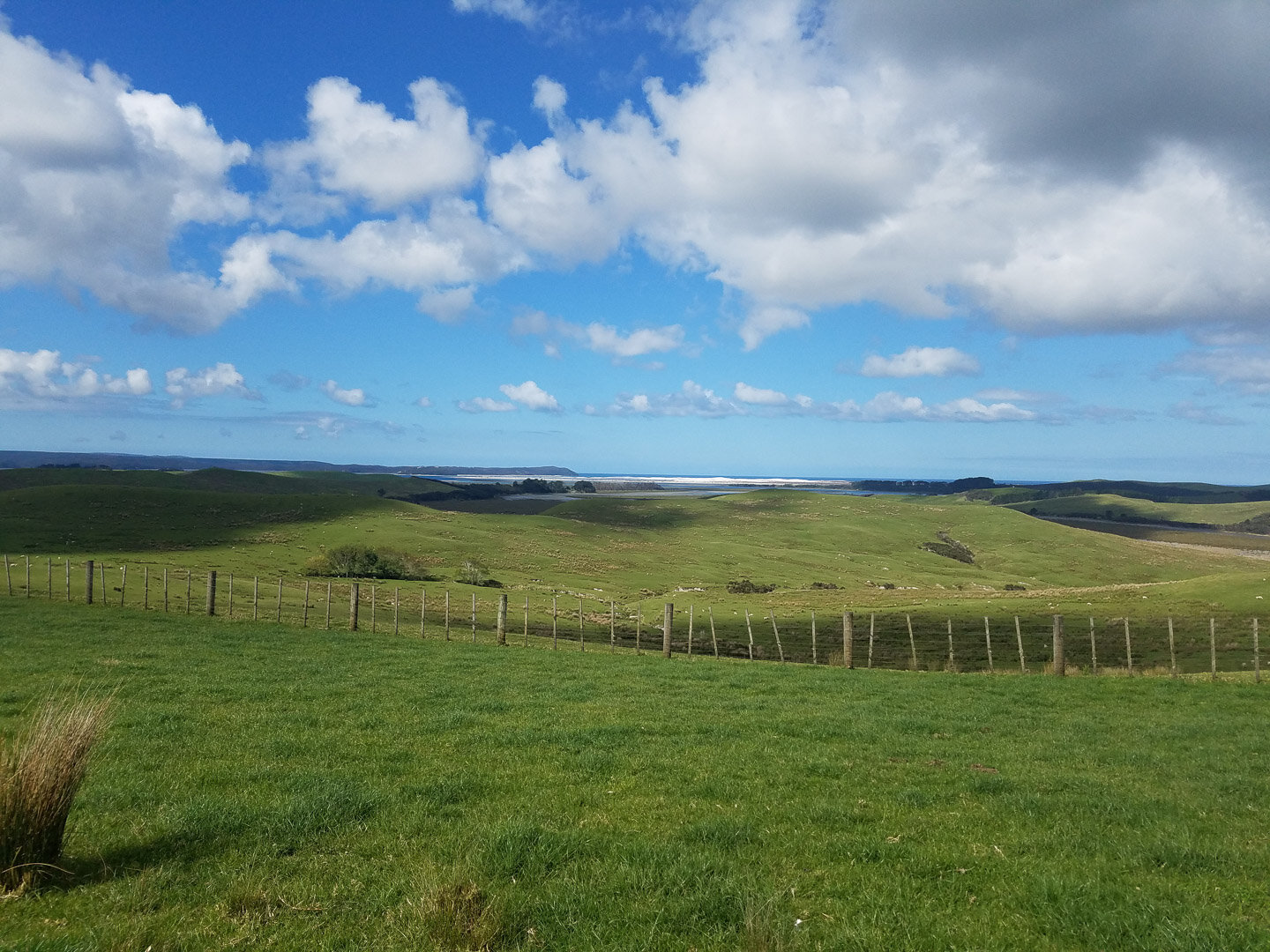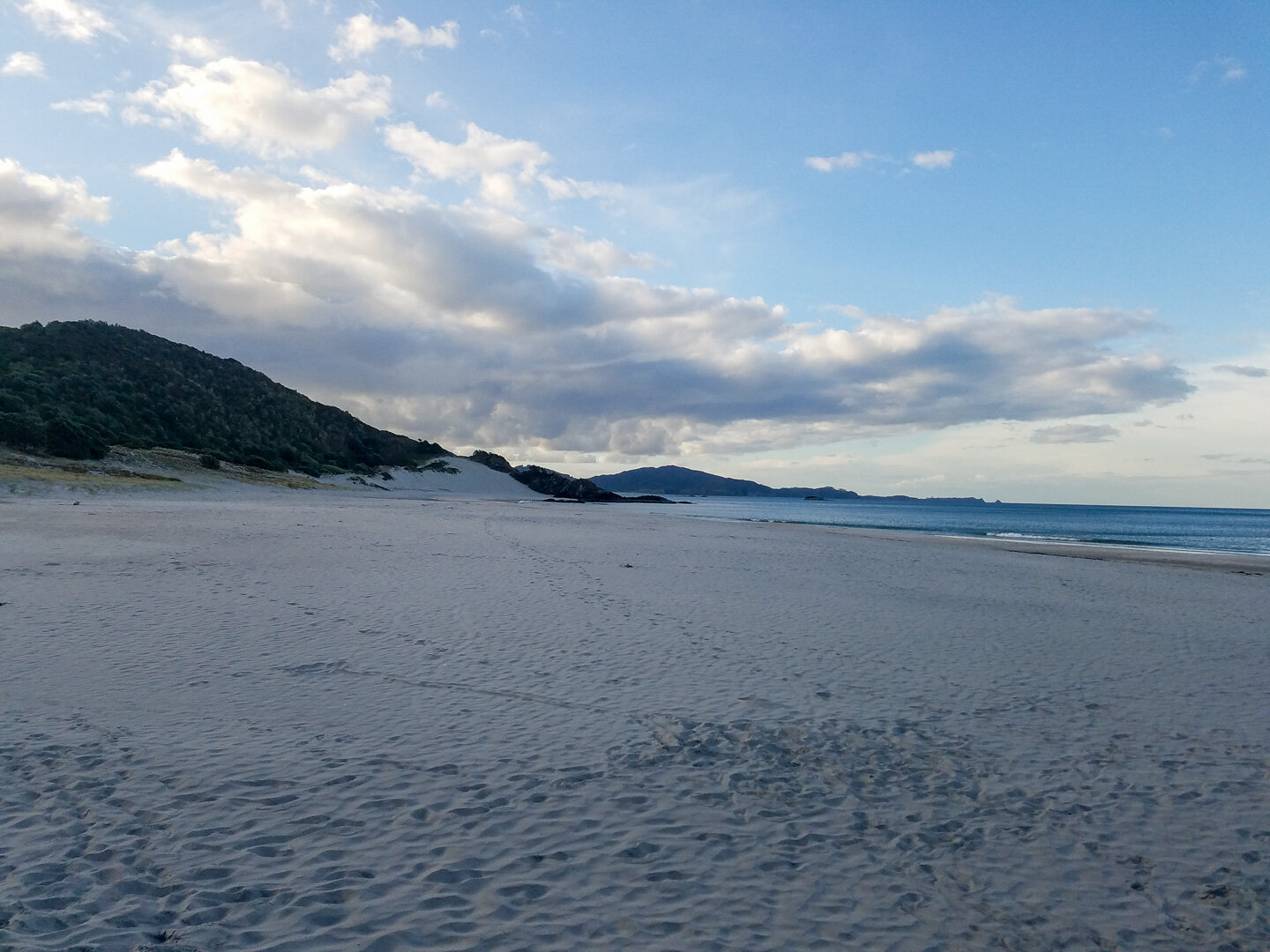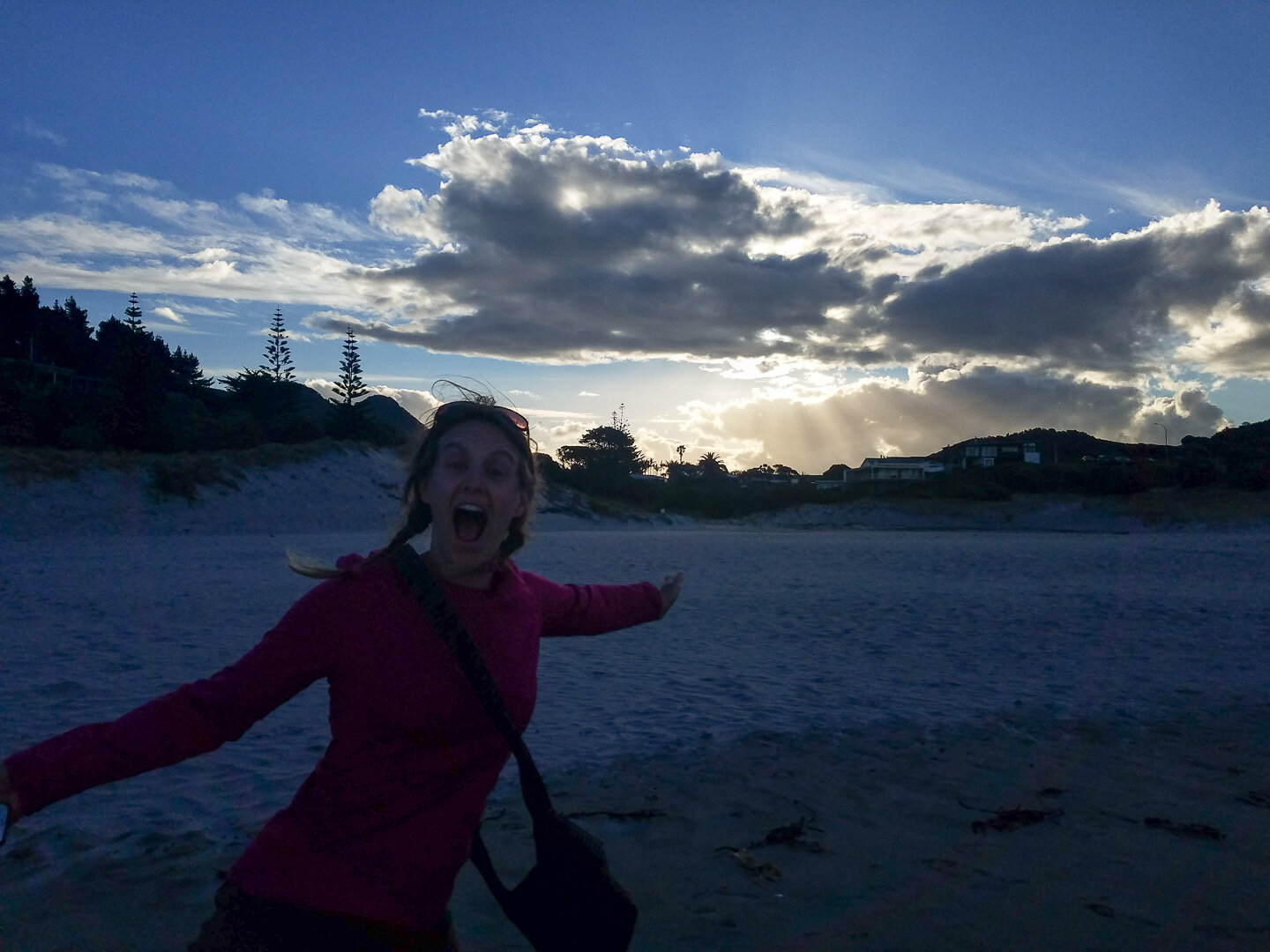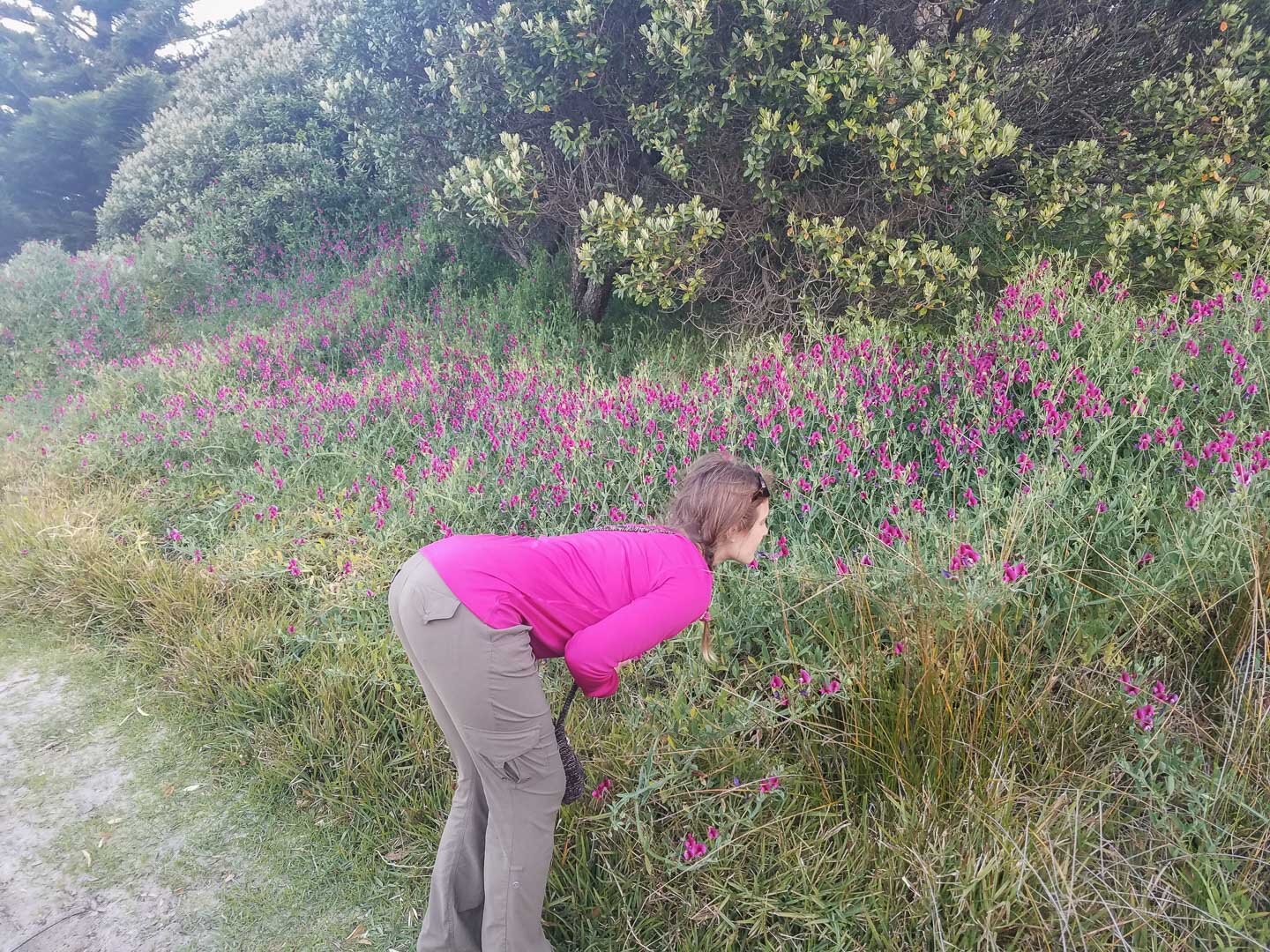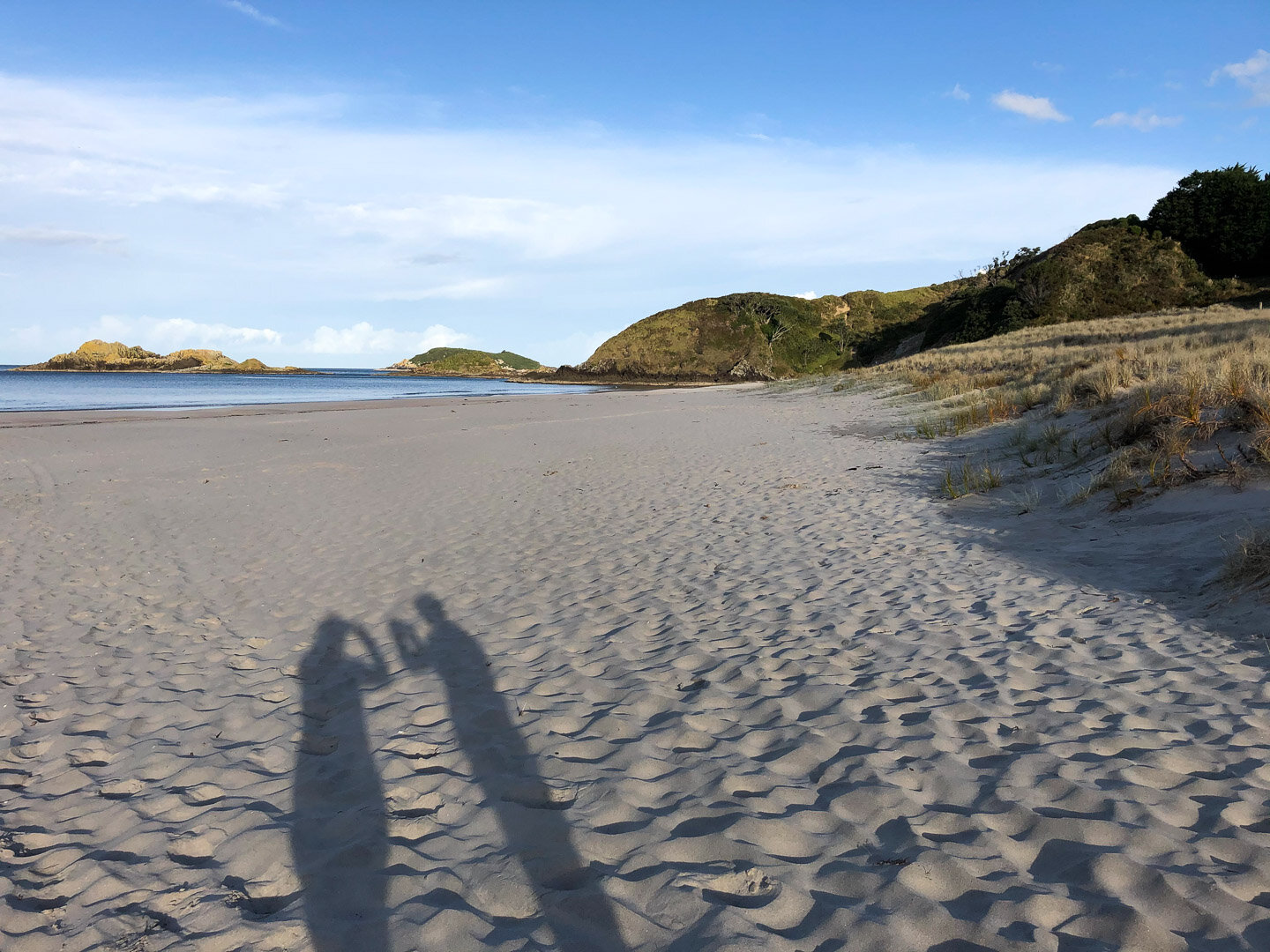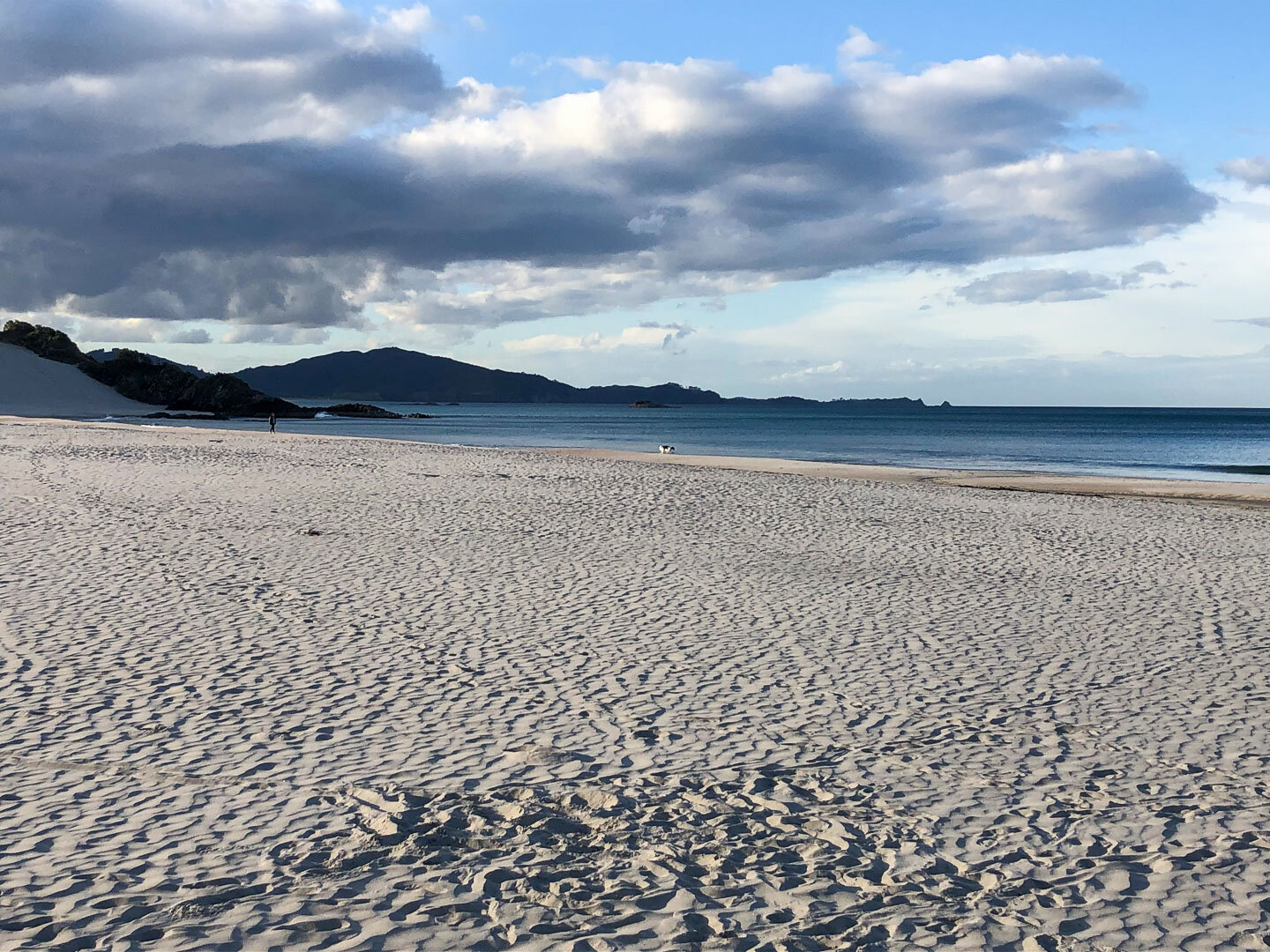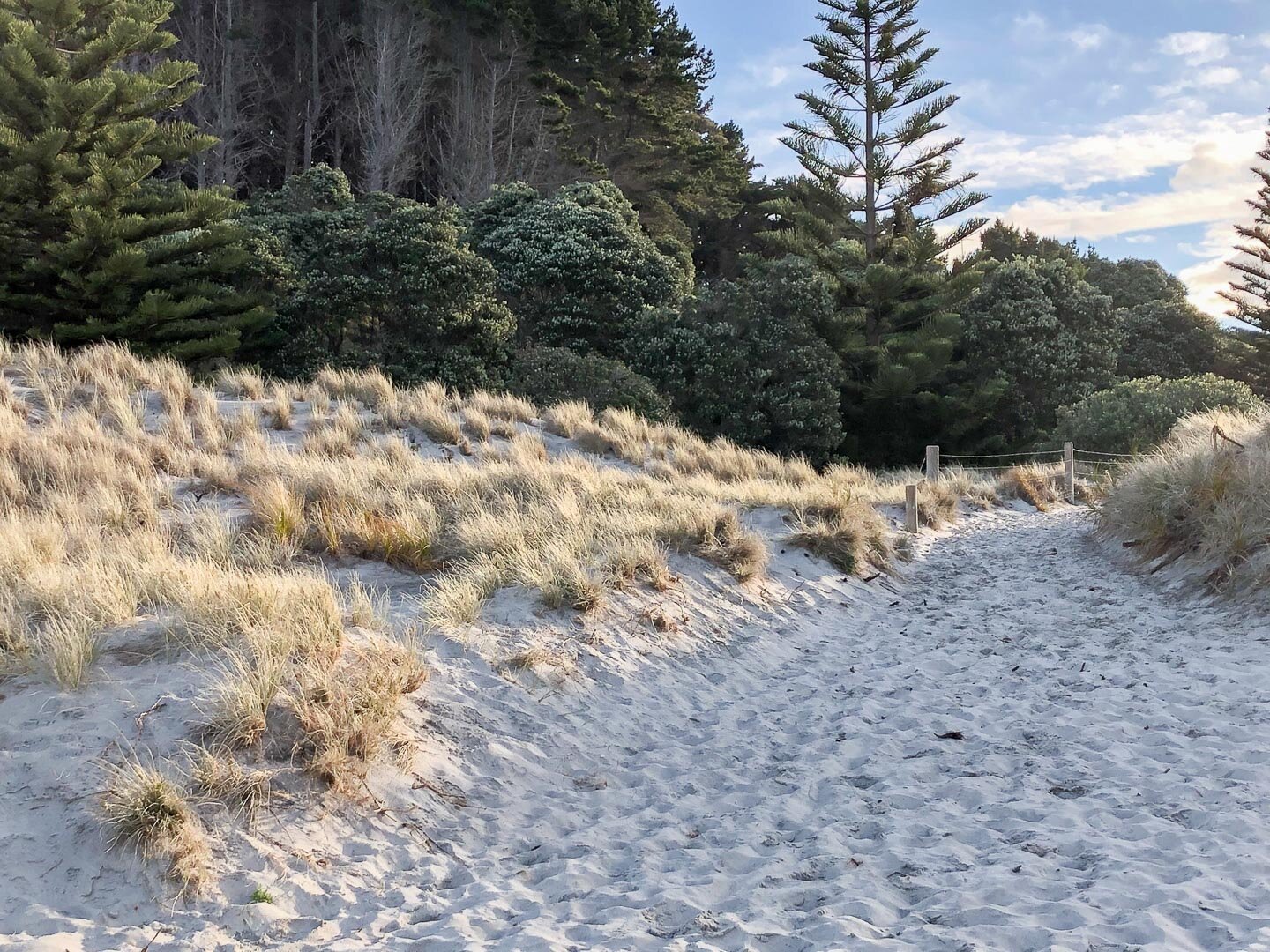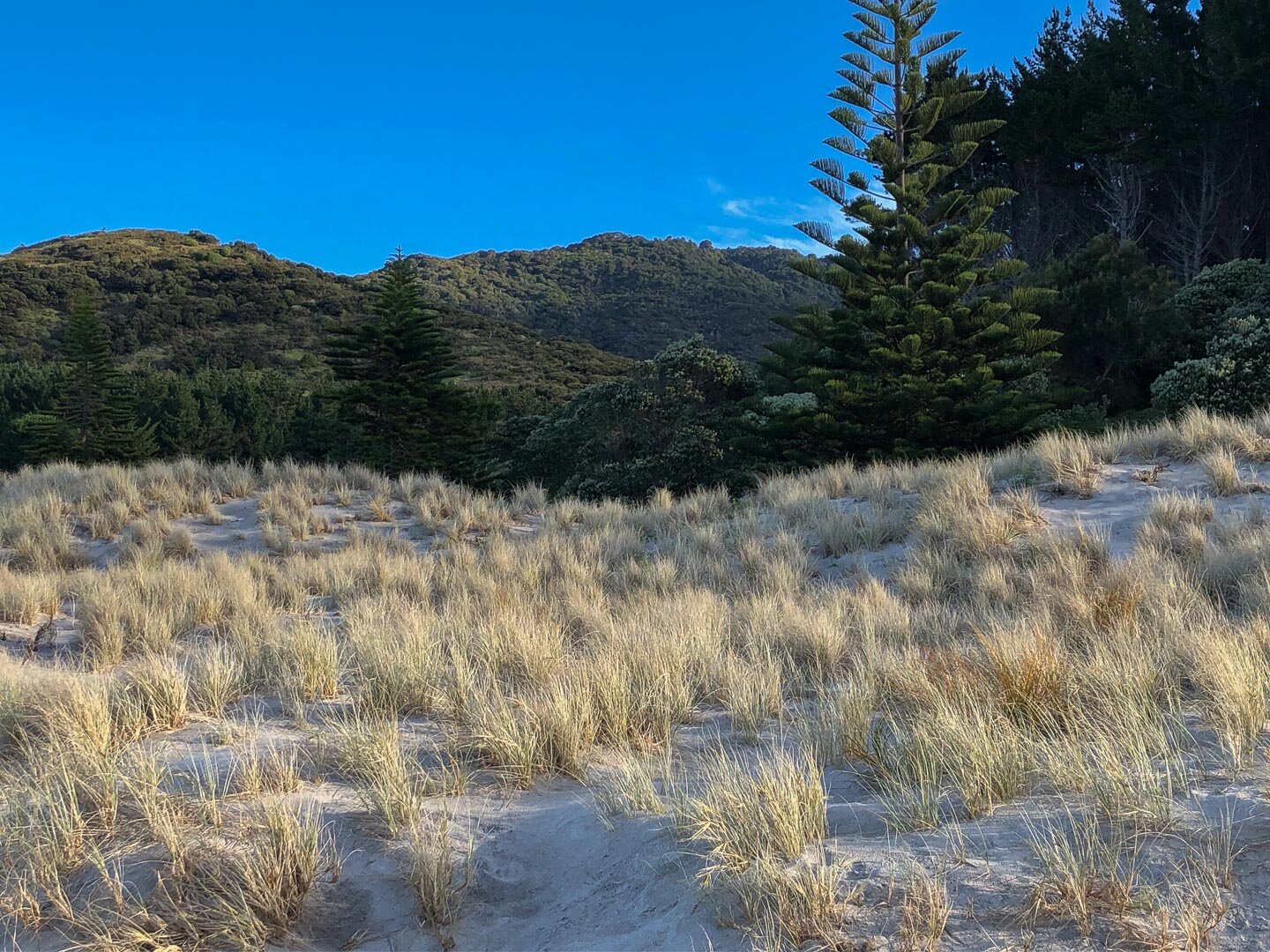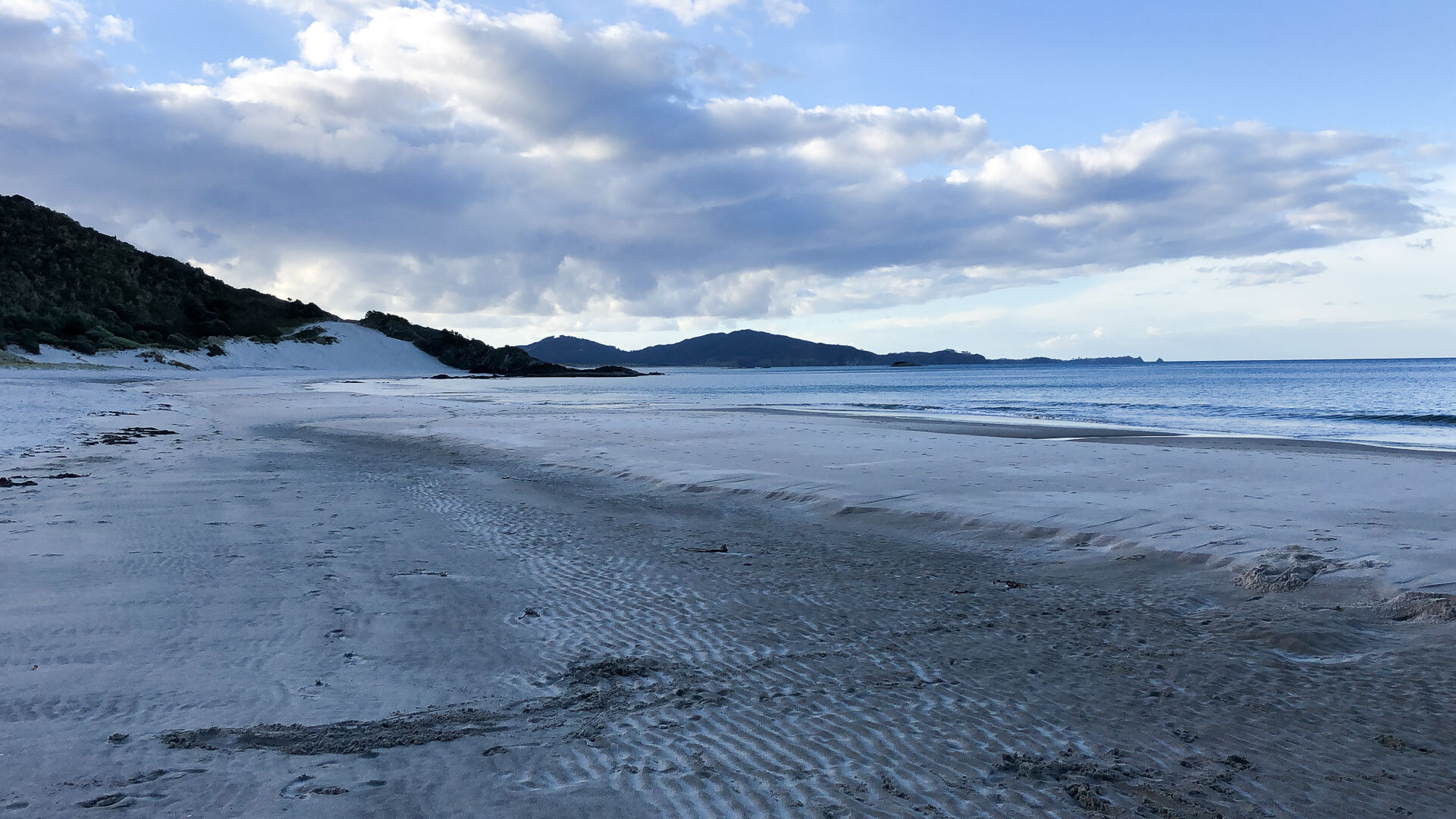Pumpkin's Maiden Voyage
Four months of hard work made us feel very deserving of a long weekend away from Auckland. Four months of working full time and spending evenings and weekends working on pumpkin slowly built up our excitement to finally test out our new home on wheels for the upcoming 8-10 weeks of travel. We both wanted to explore the area north of Auckland before we left for the South Island because we knew it would be unlikely to fit it all in at the end of our travels here. We put together a four-day weekend to explore the northlands at the end of October with the weather just beginning to warm up and the sporadic rains seemed to be waning.
We had only one destination in mind at the start and that was Cape Reinga, the northern most tip of the North Island. Not only is it a beautiful area, but we simply want to be able to say we drove from the northern most tip to the southernmost tip of New Zealand. It did not take long to find a few sights and stops for the way up and back. The total drive time from Auckland to Cape Reinga was about 8 hours so we planned to split it up with an overnight about halfway. This long trip would also be a good endurance test for all the engine work I had done to Pumpkin before leaving Auckland.
Our first stop was in the famed Bay of Islands area to learn more about some cultural heritage that is still a hot topic of debate here today. At the Waitangi Treaty Grounds we learned about the not so distant past when the British decidedly took advantage of the native Maori people. The treaty, signed in 1840, did an unfair job of translating and clarifying the meaning of government over the lands and also held an empty promise to compensate the locals for any lands taken. The Maori agreed to sign the treaty with the British because they thought of them as the lesser of the evils. Once New Zealand had been discovered by the Europeans, they just kept coming. The Maori knew they needed some protection from being pushed out completely. Thus, they turned to the British because they absolutely hated the French. There are still protests and arguments over this treaty today as the Maori people fight to reclaim some of their sacred lands. It is nice that instead of pursuing millions in damages they instead seem to just want their lands back. Some areas have been returned, but the legal process is expensive and tedious. Fun fact, did you also know New Zealand was still under British control until 1947?
The history on the treaty was very interesting, however it was not my favorite memory of our couple hours at the treaty grounds. Lauren and I were exploring the beautiful grounds overlooking the Bay of Islands and wanted to get a closer look at the water to see how clear it was. We walked down towards a little cove nearby for a peek and came across two squawking birds at the bottom of the hill that seemed to grow more furious with each step. The birds finally conceded to our determination to see the water and moved aside so we continued to the rocky edge. The water looked tropical and we wished we had the time and money for a boat tour around the bay. Leaving the cove walking back to the steep hill, we again heard the squawking birds, but could not immediately spot them. At the base of the hill I spotted the first one in my periphery as it began to swoop towards us. Lauren exclaimed that they were divebombing us like kamikazes. I told her she was being dramatic. I started to believe her when the first bird swooped by just overhead and the second bird began its descent on us. By the time I realized these birds had some anger issues Lauren had already started to whirl her purse overhead making karate moves and noises in self-defense. I still watched in disbelief that one would actually be so bold as to make contact. In hindsight it’s probably good Lauren pulled out some karate moves with what we later learned about these birds. They are extremely territorial and aggressive. Yes, this part was obvious to us. It surprised us to learn they have bone spurs on their wings meant for fighting. The birds have been known to pierce clothing and skin. This experience scarred Lauren and has made me laugh countless times when other birds have innocently swooped overhead and scared a “Holy Schnikies!!!” exclamation out of her.
We continued another couple hours north to our first camp site right on Tokerau Beach in the Doubtless Bay. We parked on the sand dunes along the edge of the beach and immediately walked down to put our feet in the water. The water was surprisingly not frigid and would be refreshing on a hot day. This was a great place to spend our first night with Pumpkin. We got a few compliments on our set up and learned a couple lessons that first night. Don’t leave the doors open if you turn lights on inside the car. Yeah pretty stupid of us to let all the bugs in, but at least they were the kind that didn’t bite like moths. Lesson two was not all of Bryan’s ideas are good. It only took us one night to decide the huge 10’X10’ pop up gazebo I had bought to cover and enclose the back of the car in case of rain and strong wind took up way too much room and just had to go. Waking up on the beach watching the start of the day was incredibly relaxing. In our minds we were millionaires enjoying our coffee on the porch of our $10M waterfront home surrounded by vagabonds in their vans.
We continued another two hours north over the rolling green hills towards Cape Reinga. The pictures really speak for this area as I don’t have a vocabulary worthy of conveying the sights. We walked down the path leading to the light house for a closer look at where the waters of the Tasmanian Sea and South Pacific Ocean meet. We could just make out in the distance the silhouette of the Three Kings Islands and read some interesting information about them on a plaque. They are a grouping of 13 islands 55km off the coast, uninhabited and protected as a wildlife refuge to protect some extremely rare trees and wildlife. The last remaining specimen of a tree called kaikomako was found on these islands in 1945 and was internationally recognized as the world’s rarest and most endangered tree. The islands are also home to several beetle species that exist nowhere else in the world. These are like the Galapagos islands of New Zealand!
From the Cape we could also see our next destination down the coast, the Te Paki sand dunes. These bizarre sand dunes seem to spring up out of nowhere, contained by the coastline and forest. Te Paki was once its own island disconnected from the mainland. The sand dunes were built up over millions of years connecting the island to the mainland from the erosion of volcanic rock further down the coastline.
When I was young, I remember playing on the sand dunes of Kitty Hawk when we would go to our beach house in the outer banks of North Carolina. One time I even screwed shoes to an old skateboard deck in an attempt to sand board down the dunes. Even with wax it didn’t work in the slightest. This was Lauren’s first time around sand dunes, so we had to go all out and rent boards to slide down on! We rented boogie boards and marched out to the sand dunes and up to the top of the tallest one. It was a long march up to the top and an exhilarating ride back down sliding on our stomachs. I was not brave enough to stand up on the board, plus the nice rental lady said not to. We were worn out after just a few trips up to the top of the dunes but had so much fun racing each other back down. Watch the video to see who won the race.
We continued south along the west coast towards the Waipoua forest looking for a place to spend the night as we were looking to do a hike in the morning. There was a lack of free campgrounds around the area because much of the land has been returned to the Maori who profit off their paid campgrounds. This was fine with us to pay for the night knowing it was going towards a good cause and protection of the forest. We got into the campsite after dark and just missed the night walk with the ranger but did get to hear a kiwi calling. The campground was nestled in the forest and we were serenaded to sleep by the night sounds of the bush.
No not that one Bryan…
Only way to capture the whole tree was with a fish eye lens
Bryan standing with a giant
In the morning we visited the oldest tree in New Zealand, Tane Mahuta, thought to have sprouted over 2,000 years ago around when Christ was born. It is a Kauri tree which are some of the largest trees in NZ with massive trunks.
These trees are under attack from a disease call Kauri die back. All over the north island on every hike we did, there were stations to sanitize your boots to help stop the spread of the disease. On our hike through the Waipoua forest we enjoyed seeing many of the Kauri trees and even hugged a couple of them.
On our way back to Pumpkin we got very excited when we spotted a large colorful bird perched on a branch. We spent about ten minutes taking pictures and video of the bird only to find out later this was the common NZ wood pigeon! Still a pretty bird for a pigeon and bigger than a hawk.
For our last night we headed back to the east side of the island to spend the night in Whangarei (pronounced Fangarei) at another beautiful beach side campground called Ocean Beach. The locals must have given this beach the boring name to try and hide the beauty for themselves like the Vikings with Iceland. We spent the night in the beach car park that was beautifully landscaped and spacious for camping. Sipping on wine while Lauren cooked dinner we thought we heard a kiwi call and decided to do some exploring after dark to try and spot a kiwi in the wild. With our head lamps switched to the red light we searched the beach and surrounds of the parking lot with no success. We might have been quieter if we hadn’t finished the bottle of wine. All the giggling may have given us away. No worries we planned to visit the bird sanctuary and kiwi house in the morning before heading back to Auckland so we could hopefully see a kiwi up close.
We enjoyed our breakfast on the beach watching the rays of sun peek over the hill to the east. Not long after we had finished eating, our relaxing morning on the beach ended. We ran away as the winds picked up and started throwing sand at us. How rude. It was a short drive back into town for a visit to the bird sanctuary. Our hopes were dashed when they told us they had no rescued kiwis at the moment. We walked around their cages and saw many tui birds and a few others. They told us to visit the kiwi house next door, but it looked more like a museum. Nonetheless we popped in to check it out. The friendly woman at the front desk told us so many kiwi facts I think she had a PHD in kiwi! After hearing stories of some visitors that have seen a kiwi in the wild and what they had to go through, we decided the small fee to enter and hopefully see one of the two kiwi’s they had in captivity was worth it. The two kiwis they had were rescued as babies and would be released back into the wild as adults. I did not want to sit still in the bush for 6 hours during the night to see a blur run by only to wonder if it was a kiwi or not like the gentlemen tourist the woman told us about. She has lived here for 17 years and has still yet to see a kiwi in the wild.
We crept slowly into the dark viewing area of the two kiwis in captivity. Kiwi are nocturnal, except on the Stewart Island, but for these two kiwis they switched the lighting of their habitat to make our daytime their night so they can be studied. We got lucky twice while we were there and saw one of them cautiously creep out of their burrow for a bite to eat. It was so funny to watch them eat and when finished they would turn and zoom back to their burrow like roadrunner. If we see a kiwi in the wild while traveling, we will be ecstatic, but we are very content with seeing one in captivity because we could actually see the funny bird go about its daily business.
With work looming on the horizon we headed back towards Auckland early on our last day to take care of a few errands and get ready for the week. On the way back we made a quick stop at AA Solar to pick up a solar panel and battery kit which was my last big task in preparing Pumpkin for our travels on the South Island. When we had finally made it back into our neck of the woods, Mount Eden, I rolled down the window at a stop light and something caught my attention out of the corner of my eye. I popped my head out of the window and started laughing uncontrollably when I saw the trim piece in the picture below bent back and sticking straight out from the wind on the highway. I found it hilarious picturing us unknowingly driving down the highway with this trim piece flapping in the wind while every person we passed must have thought, “look at that piece of shit campervan go!” Pumpkin took it in stride.
I guess there’s still a bit more work to do before we hit the road!
We were both so exhausted from our four days on the road we grabbed some of our favorite takeout and crashed for several hours. We had driven just over 1,000 km (620 miles) in four days. Later when I finally found the energy to go out and unpack the van, I realized a stupid mistake to the end of a great trip. I had left the headlights on and the battery was dead. I guess the ding ding ding reminder for leaving the headlights on was invented after 1985. Sorry Pumpkin.

